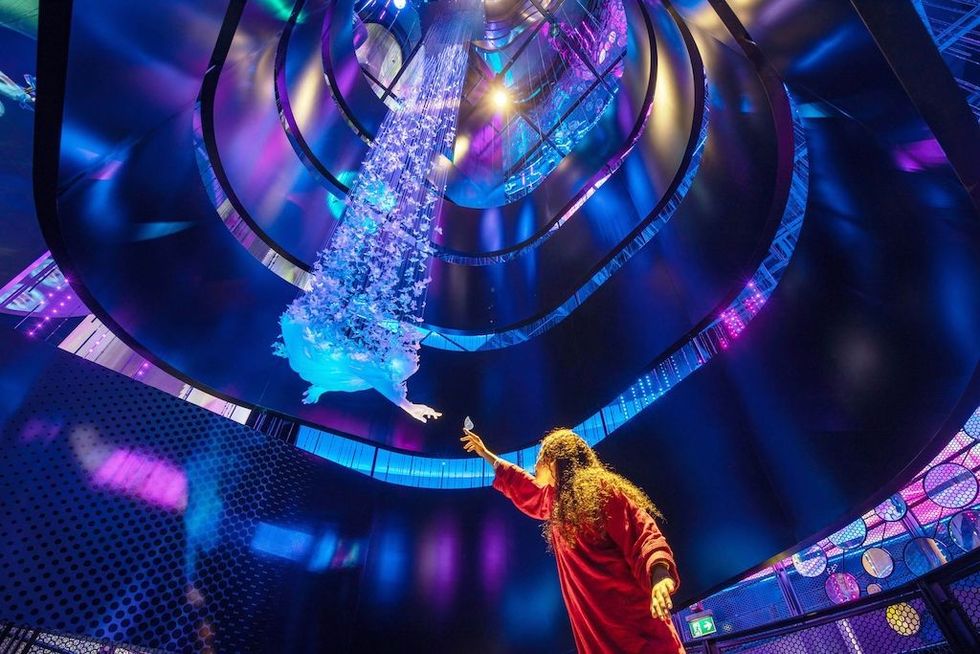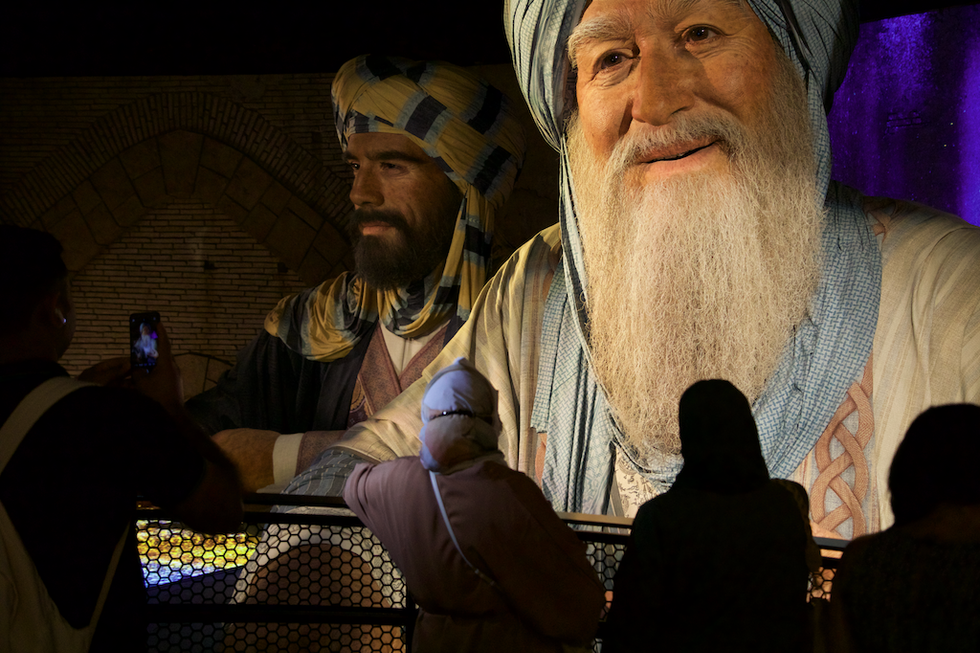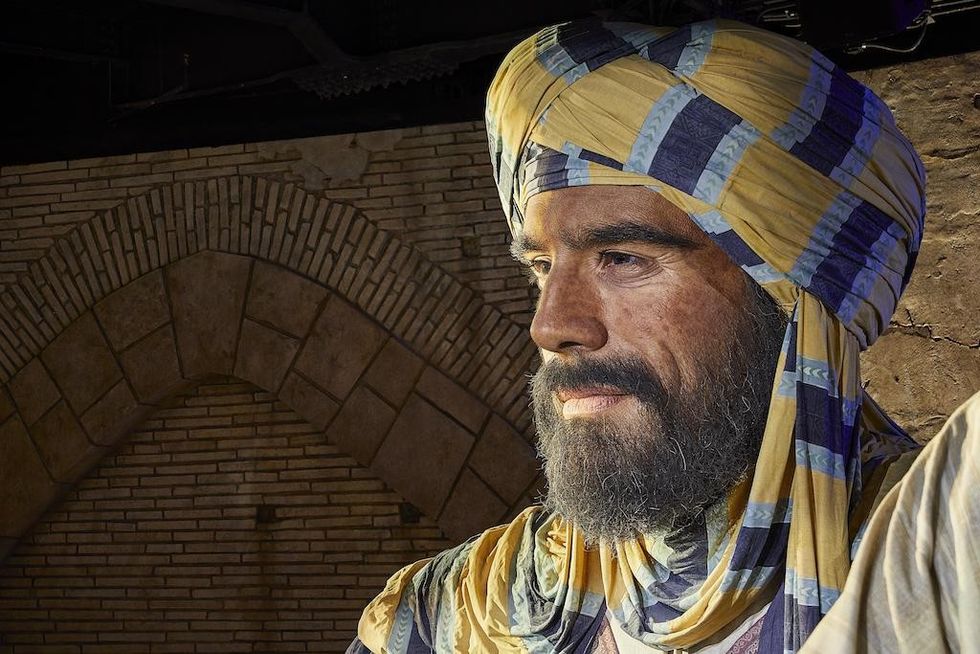Zoos, aquariums, cultural attractions, and their food and retail partners have a unique and influential role in promoting sustainability. Their impact extends beyond education and conservation — they can drive real change by leveraging their collective buying power and industry influence to create more sustainable supply chains.
In conversation with SSA Group and Houston Zoo, we learn how strategic retail decisions and culinary procurement have led to more responsible sourcing, reduced waste, and industry-wide shifts.
Andrew Fischer from SSA Group,a best-in-class provider of integrated guest services, alongside Colley Hodges of Houston Zoo and Brian Albaum, showcase real-world examples to demonstrate how zoos, aquariums, and cultural attractions can leverage their collective purchasing power and industry influence to drive sustainability in their supply chains.
They also present practical strategies for engaging suppliers, setting sustainability standards, and fostering partnerships that align with conservation goals, highlighting projects where strategic procurement decisions have led to a measurable environmental impact within the attractions industry.
Sustainable supply chains: meet the experts
Brian Albaum is SSA Group’s former director of sustainability and climate action, leading programs that promote sustainable practices and environmental stewardshipfor over 90 cultural attractions. With a passion for innovation and impact, he has overseen initiatives that reduce waste, conserve resources, and promote sustainability in visitor experiences.
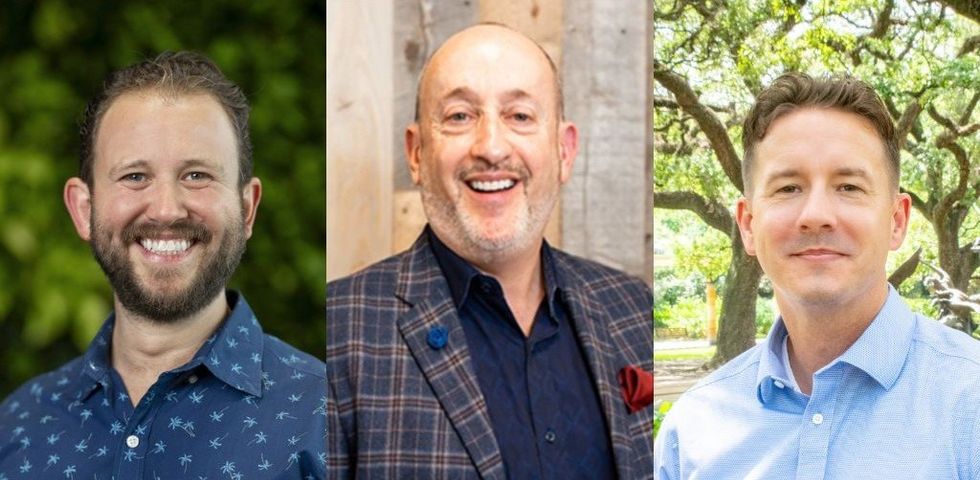
As SSA Group’s vice president of restorative strategies, Andrew Fischer is responsible for spearheading, creating, and advancing SSA’s conservation, sustainability, and Climate Action Plan initiatives.
He joined SSA as retail general manager at the Monterey Bay Aquarium, where he developed an industry-leading sustainability and conservation program for the group’s nationwide locations. This work continues to have a lasting impact on the sector today.
Architect Colley Hodges directs Houston Zoo's sustainability department, honoured by AZA as the top sustainability programme in the country in 2024. Hodges leads the implementation of the Zoo’s Sustainability Action Plan, which includes wildlife-saving projects such as reducing single-use plastic and promoting bird-safe buildings.
Additionally, Hodges has contributed to sustainability advisory groups for multiple organisations and has been recognised by the business and design communities.
'See them. Save them.'
Hodges begins by introducing Houston Zoo, which recently celebrated its centennial anniversary.
"For those of you who haven’t been to Houston, we’re surrounded by park space, the Texas Medical Center (the largest in the world), and Rice University. We’re the number one zoo in Texas and rank in the top five among Association of Zoos and Aquariums (AZA) institutions in terms of attendance, collection size, educational impact, and conservation investment."
The zoo's mission and vision are summed up in the phrase above the front gate: ‘See them. Save them.’
"We want people to fall in love with animals and, as a result, protect them in the wild."
In 2017, as Houston Zoo developed its latest strategic plan, it identified two key goals: helping people make informed decisions about their relationships with animals and ecosystems, and challenging its own operations to reduce environmental impact.
"That led us to focus on making our culinary and retail operations more sustainable, especially around the issue of single-use plastics, which also gave us a platform to engage our guests."
Plastic-free Houston Zoo
Billions of pounds of plastic enter the oceans each year.
"Some studies in Texas show that 93% of marine debris along the Gulf of Mexico is plastic, and Texas accumulates it at rates ten times higher than other Gulf Coast states. It’s a huge regional issue. We see it firsthand through our veterinary team, which treats about 100 sea turtles a year, many of which have ingested or become entangled in plastic.
"We can often treat and release them, but it’s a problem that’s hard to ignore."
It’s not just sea turtles, either. Marine birds are also affected. Plastics can block their digestive systems, impact reproductive functions, and cause entanglement.
"So we recognised that improperly disposed of plastics were a threat to many species.
"That’s when we began a journey, one we’re still on, to challenge ourselves and our culinary and retail partner, SSA, to phase out single-use plastics. We started with plastic bags, then moved on to bottles, straws, and lids. By 2022, we became the first zoo to eliminate single-use plastic packaging in our stores."
Creating a more sustainable supply chain
SSA was a critical partner, says Hodges:
"Their staff are on the front lines, explaining to guests why they don’t get a plastic bag or a straw, and they also led the supply chain work to find and transition to sustainable alternatives. We set the goals and direction, and they helped make it happen."
The initiative became a game-changer for the zoo.
"It led us to expand our sustainability standards across all products, even building materials and events. We created internal policies and worked with vendors to uphold them.
"We’ve embedded this message into our exhibits. Our new Galápagos Islands exhibit includes a gallery dedicated to phasing out single-use plastics and shows guests how they can take action. Evaluators have confirmed that this messaging is resonating with visitors."
See also: Empowering experiences: SSA’s vision for the future of attractions
A real change
The team has also brought this effort into the built environment:
"Our Cypress Circle Café is one of only nine Green Restaurant-certified venues in Houston, largely thanks to our plastics reduction and sustainable food sourcing — again, thanks to SSA.
"And this summer, we’re opening a new café and event centre that’s a sustainability showcase: a low-carbon, mass timber structure with rainwater collection, bird-friendly glass, and a path to LEED Gold certification. It builds on our single-use plastics success, using washable plateware and full composting — a comprehensive approach to food waste."
The initiative is now firmly part of the zoo's culture.
"Every July, we run ‘Plastic-Free July,’ challenging staff and partners to reduce single-use plastics both at work and in their personal lives. They make pledges to stick with it.
"The recognition we’ve received, including top honours from the AZA for our sustainability programme, is meaningful. Being the first zoo to eliminate single-use plastic bags, bottles, straws, lids, and packaging has not only created a real-world impact, but it’s also inspired others.
"Taking the leap operationally, even with the challenges, empowers people — and often, the recognition follows. But the real win is the positive change we’re making."
Sustainable supply chains and SSA
At SSA, climate action and sustainable operations are driven from the top, explains Albaum.
"Last year, we published our Climate Action Plan, which outlines our roadmap to achieving net-zero emissions by 2040. This plan is built around four key drivers, the categories shaping all of our climate action work."
SSA's culinary operations span the country. "Sustainability initiatives we’ve implemented include our washable serviceware programs — reusable plates, cups, and cutlery — which we’ll soon be rolling out at Jack’s Café at the Houston Zoo."
At sites where washable serviceware isn’t feasible, SSA uses compostable disposables. It also offers aluminium cups, which are infinitely recyclable and offer better insulation for cold drinks, providing a premium guest experience. Additionally, SSA operates edible food rescue programmes.
These ensure that surplus food doesn’t go to waste but is instead donated to local community organisations. Over the last five years, these programmes have helped donate over 1.1 million meals."
On the day-to-day operational side, the team has several initiatives in place. "One is the shift away from plastic bottles, which Houston was a key partner in, transitioning to paper and metal alternatives. We’ve also implemented compostable serviceware more broadly.
"Another important piece is our focus on local partnerships. Across all our accounts, we make a point to identify and collaborate with local vendors, manufacturers, and purveyors who are doing great work in sustainability; people and organisations whose products we’re proud to put on our plates and share with our guests."
Building momentum
When it comes to engaging supply chains to push for more sustainable processes, Albaum says: "We know it can be daunting to initiate change, especially when it involves asking your vendors to do things differently. That kind of change can feel intimidating at first. But once you start, the momentum builds quickly.
"The key is getting vendors on board by clearly communicating your goals and helping them understand what you’re trying to achieve. That shared understanding is crucial for success."
We know it can be daunting to initiate change, especially when it involves asking your vendors to do things differently. That kind of change can feel intimidating at first. But once you start, the momentum builds quickly.
One example of this is at the Monterey Bay Aquarium.
"In the past, our chefs were receiving seafood in Styrofoam totes, the standard in the industry. But they wanted to do better. They initiated a conversation with the vendor, explored alternatives, and ultimately transitioned to reusable, washable blue totes. Now, all seafood at the Monterey Bay Aquarium arrives in those totes."
Another great story from the same site involves salmon skins:
"Instead of discarding them, the team partnered with a local pet food manufacturer to dry the skins and turn them into pet treats, reducing waste and creating a new product."
Partnerships are key
Another example of how SSA has engaged its vendors comes from its catering teams.
"Many of them handle large volumes of events, sometimes multiple in a single day, and go through a significant amount of laundry, especially laundered linens. At a few of our accounts, teams worked with their local laundry partners to eliminate the plastic sheeting traditionally used to wrap clean linens."
Instead, these linens are now returned in reusable totes or garment protection bags.
"It might seem like a small change, but for high-volume catering operations, it adds up quickly. This simple shift has helped reduce a significant amount of single-use plastic. And importantly, it came from a conversation, engaging with the supplier and helping them understand our sustainability goals."
One of the added benefits of this kind of engagement is that SSA isn’t the only client these vendors serve.
"Once the laundry providers adopted more sustainable packaging options, many were eager to promote the new offering to their other customers. As a result, several of those customers have now also adopted the model. So SSA’s advocacy is having knock-on effects throughout the marketplace, which we think is pretty cool.
"We also lean into third-party certifications to recognise and validate the sustainability work our culinary teams are doing. Recently, we onboarded our first 'Ocean Friendly Restaurant' certified by the Surfrider Foundation, and we’re excited to grow that engagement in the future."
On the local vendor partnerships at the Houston Zoo, he adds:
"These are valued partners within the Houston community. And we’re building similar local sourcing relationships at accounts across the country, making sure our purchasing supports sustainable, community-based businesses wherever we operate."
Changing behaviours
Albaum also shares some of the ongoing challenges in reducing waste and minimising impacts in culinary operations:
"Packaging continues to be a major hurdle. We’ve made significant progress in retail, largely because food safety isn’t a concern there, but in food service, it's a different story. Plastic remains a dominant material because of its food safety properties, and that has made it difficult to fully move away from it.
"We’re actively looking for alternatives, like glass or other materials that meet food safety requirements, but it’s a complex space to navigate."
Consumer behaviour is another persistent challenge.
"Encouraging guests to separate recycling from trash, or compost from recyclables, isn’t always easy. We live in what can feel like a very disposable society, and people are used to just throwing things away. Helping them understand that an item is reusable and should be placed in a bussing bin instead of the trash continues to be an operational challenge for our teams."
Sustainable supply chains in retail
Regarding the retail side, Fischer shares some background on how sustainability efforts have evolved, not just at SSA, but across the industry:
"Back in 2008, some vendors began experimenting with recycled PET, although the products weren’t always appealing or comfortable. Still, it was a start. Then came experiments with more sustainable materials like soy and kapok, popular at Monterey and other sites, but supply chain and cost issues made them tough to scale."
In 2012, SSA collaborated with a US-based plush vendor to attempt to bring production to the United States. "While it was promising at first, challenges with quality control and volume made it unsustainable. That said, it was valuable to understand the complexity of domestic production.
"That same year, we started actively engaging our teams around sustainability, making it part of our culture and expectations. By 2015, we made a major push to eliminate single-use plastic bags. That effort started in Houston but quickly spread throughout the company."
SSA also piloted a recycled sea turtle plush made from PET at Monterey. "This was a unique and meaningful project. By 2016, we were encouraging staff to get out into their communities and witness firsthand the impacts of plastic waste — a powerful, eye-opening experience. That programme is being relaunched this year."
The plastic problem
Plastics are ubiquitous, and they're one of the most significant environmental challenges we face.
"Between 2015 and today, plastic production has surged and is projected to hit 400 million metric tons by 2025. The US is leading in the worst way, with the average person generating 287 pounds of plastic waste each year. We clearly need to be part of the solution."
We learn from our partners, understand the science, and pay attention to the real-life impacts of plastics, including microplastics entering the food chain. This knowledge helps us become better stewards and partners for our guests, clients, and teams.
Education and awareness are central to that effort, adds Fischer:
"We learn from our partners, understand the science, and pay attention to the real-life impacts of plastics, including microplastics entering the food chain. This knowledge helps us become better stewards and partners for our guests, clients, and teams."
A key turning point for SSA came in 2017 at Monterey Bay Aquarium.
"We were challenged by one of their team members: How could we fully commit to reducing plastic packaging in retail? This led to a meaningful and collaborative discussion with packaging designers, the aquarium’s plastics lead, and our retail buying team. We ended up changing the packaging for around 35 products, and that effort influenced the broader industry."
By 2021, SSA had completely eliminated single-use plastic packaging from all products in the Monterey Bay Aquarium shop, making it the first aquarium to achieve this milestone. "And our partners at Houston Zoo also stepped up, including their plastic reduction commitments in their annual report and working with us to fully phase out plastic bags by 2017."
Influencing industry-wide changes
By 2022, Hodges and Fischer had conducted a complete inventory of all products across SSA's operations, identifying every item that needed improvement.
"We took a thoughtful, collaborative approach to replace or eliminate packaging, switching from plastic to paper, removing batteries from toys like bubble blasters, and even redesigning packaging entirely," says Fischer.
"We challenged vendors: Stop defaulting to plastic cubes. Use your creativity. And many of them rose to the challenge.
"We’ve also found ways to reduce environmental impact through our vertically integrated production. For example, our apparel partner uses one of the most sustainable printing systems in the world, saving around 62,000 gallons of water and 60% of energy per job."
Through this sustainable supply chain work, SSA has helped influence industry-wide changes:
"Marine Layer now uses repurposed materials in their apparel. Recycled PET plush is now standard across nearly every zoo and aquarium in the US, and we played a key role in that transformation. In fact, by replacing single-use plastic bags with reusable ones, we estimate that we've removed around 35 million plastic bags from the waste stream.
"That’s a massive impact, bag by bag."
On the snack and food side, SSA is also innovating, using BPI-certified compostable packaging and sourcing sustainably from cocoa farmers, for instance.
"These small changes in the supply chain add up — and they signal to guests that we’re serious about walking the walk on sustainability."
Collaborating for more sustainable supply chains
Fischer also presents a great example of collaboration, from initial conversation to meaningful impact:
"A few years ago, I had the opportunity to attend a Circularity Conference to better understand how we, as an industry, can reduce waste and extend the life of the products we create. Our retail products are out there in the world, but how do we keep them from ultimately ending up in landfills?"
That question led him to challenge one of SSA's top vendors, Wild Republic, to think about how they could take more ownership over the full life cycle of their plush products.
"I invited them to our Green Summit, part of the Green Science Advisory Group meetings we held in Oklahoma City. It was a powerful moment: having a manufacturer in the same room with experts speaking directly about the environmental issues caused by these very products. I didn’t call them out. Instead, I acknowledged that it was great they were there and listening."
This kind of collaboration, built on listening, learning, and taking action, shows what’s possible
"Afterwards, I approached them and asked, “What can we do together? How can we collaborate for greater impact?”
That conversation sparked the creation of the Recycle. Reward. Repeat. programme, now live in many of SSA's stores. Guests bring in their used plush toys, which are then sent to TerraCycle to be repurposed into other materials. "Ideally, in the future, we’ll be able to close the loop entirely, turning old plush back into new plush, but for now, it's a solid first step toward circularity."
There’s also a business incentive: guests who bring in a plush for recycling receive a 15% discount on the purchase of a new one.
"So it’s a win-win, reducing waste and supporting revenue. This kind of collaboration, built on listening, learning, and taking action, shows what’s possible."
The importance of engagement
A critical part of sustainability work is engagement, connecting employees and guests to the mission, adds Fischer:
"We’ve run some truly inspiring programmes over the years. One example is our Earth Day DIY Contest, where employees create artwork or products from recycled materials. A standout entry came from the Minnesota Zoo, where staff crafted incredible whales and aquatic creatures entirely from reused items."
SSA also makes it a point to recognise key environmental milestones, such as Plastic Free July and the EcoChallenge, often partnering with other zoos and aquariums to broaden their impact.
"And then there’s the Cleanup Crew, a boots-on-the-ground initiative where our staff gets out into the community to clean up beaches, streams, trails, and parks. We’ve even teamed up with partners for more specialised efforts, like the Houston Zoo’s old programme to collect and smash abandoned crab traps in the Gulf, removing dangerous debris from marine ecosystems."
When employees and partners see these challenges firsthand, it builds a much deeper sense of purpose and connection to the work.
Don't be afraid to challenge operations
To close, Hodges shares a few key takeaways from the Houston Zoo’s sustainability journey, which are helpful to anyone looking to take similar steps, whether the focus is on plastics, food sourcing, or another environmental initiative.
"One lesson is not to be afraid to challenge your operations. It’s okay to start small. In fact, the “low-hanging fruit” is often the easiest to act on and the most impactful.
"For us, removing single-use plastic bags from gift shops and eliminating plastic water bottles were relatively simple changes, but they made a huge difference. These actions paved the way for deeper, more complex changes down the road."
Once the big wins are tackled, the challenges often get more granular — but they’re still worth solving, he adds: "For example, in 2023, SSA helped us eliminate an often-overlooked plastic waste stream: the plastic bags used for popcorn. We switched to compostable packaging.
"Another example is the new cardboard baler we’re bringing online this year, which will also be used to compact HDPE plastic wrap, the kind that comes on pallets and shipments. It’s not about eliminating every plastic, but about addressing even niche and persistent waste streams."
Make sustainability part of your identity
One of the primary reasons Houston Zoo has been successful is that it has integrated sustainability into its core identity.
"That clarity makes decision-making easier.
"For instance, we’ve been offered things like plastic Halloween buckets — not technically single-use, but still problematic. Or we’ve been approached by partners wanting to bring back plastic bottles. And in those moments, we can confidently say, "That’s not who we are."
"It’s not aligned with our mission, and having that consistency matters to staff, guests, and collaborators."
The work, he says, can't be done alone:
"The right partners, whether they’re vendors, nonprofits, or peer institutions, are essential. We’ve talked a lot about Monterey Bay Aquarium, and for good reason. While Houston Zoo was the first zoo to eliminate some of these sources of single-use plastic, Monterey was the first aquarium. We’ve built on the foundation they helped establish — and now others are building on ours.
"That’s the ripple effect Andrew and Brian mentioned."
Partners can also be local. "In Texas, we work closely with regional nonprofits and universities, and recently hosted the Texas Plastic Pollution Symposium right here at the zoo. It brought together voices from corporations, academia, and conservation, all working together toward a shared goal."
Resources for developing sustainable supply chains
The zoo and aquarium community has developed a wealth of resources, including toolkits and case studies.
This includes the AZA Green Guide and the Aquarium Conservation Partnership 's Sustainable Purchasing Guide, which is particularly helpful for organisations rethinking supply chains, packaging, and sourcing with sustainability in mind.
There are also several other collaborative and cross-sector efforts from the wider visitor attraction industry, created by associations such as IAAPA and the American Alliance of Museums.
"Whether you're from an aquarium, zoo, amusement park, or sports venue, there’s information and guidance out there to help you make impactful changes faster," says Hodges."But I’ll leave you with this: you don’t have to be perfect to start. You just have to start. And once you do, others will follow — just like we did."
You don’t have to be perfect to start. You just have to start. And once you do, others will follow — just like we did
Insights from greenloop 2025
This conversation on sustainable supply chains was part of greenloop 2025, blooloop’s annual online conference for sustainability in visitor attractions, which took place on 13 &14 May 2025. Reaching its fifth edition this year, the event aims to inform and inspire with top speakers, cutting-edge science, and practical insights.
The event is available to watch on demand. (Attendees, you can view for free – watch out for the code in your email or contact events@blooloop.com)
Catch up on greenloop 2025
hereTop image courtesy of Houston Zoo
Charlotte Coates is blooloop's editor. She is from Brighton, UK and previously worked as a librarian. She has a strong interest in arts, culture and information and graduated from the University of Sussex with a degree in English Literature. Charlotte can usually be found either with her head in a book or planning her next travel adventure.


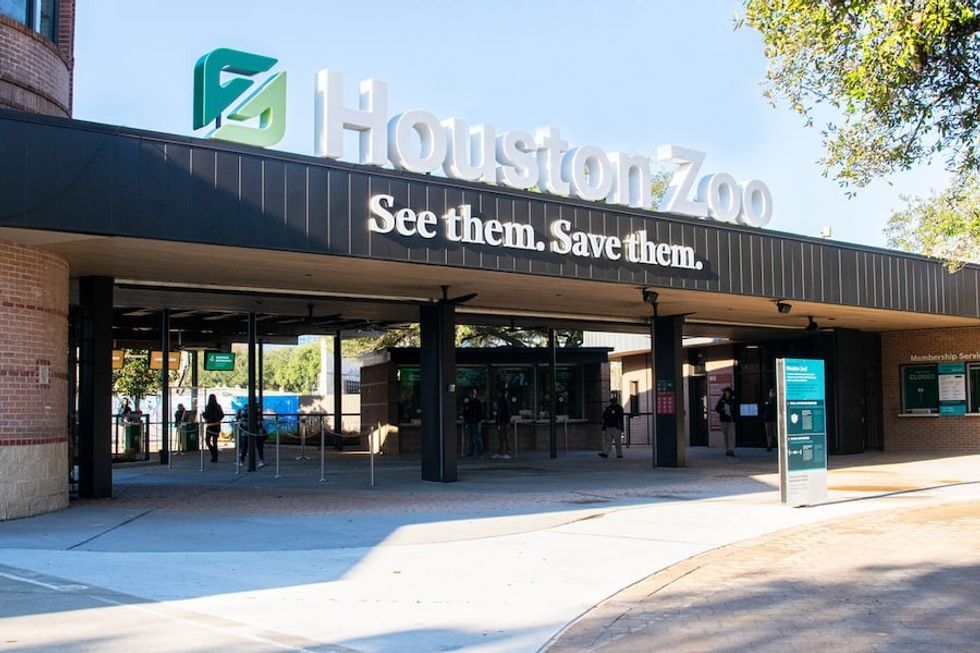
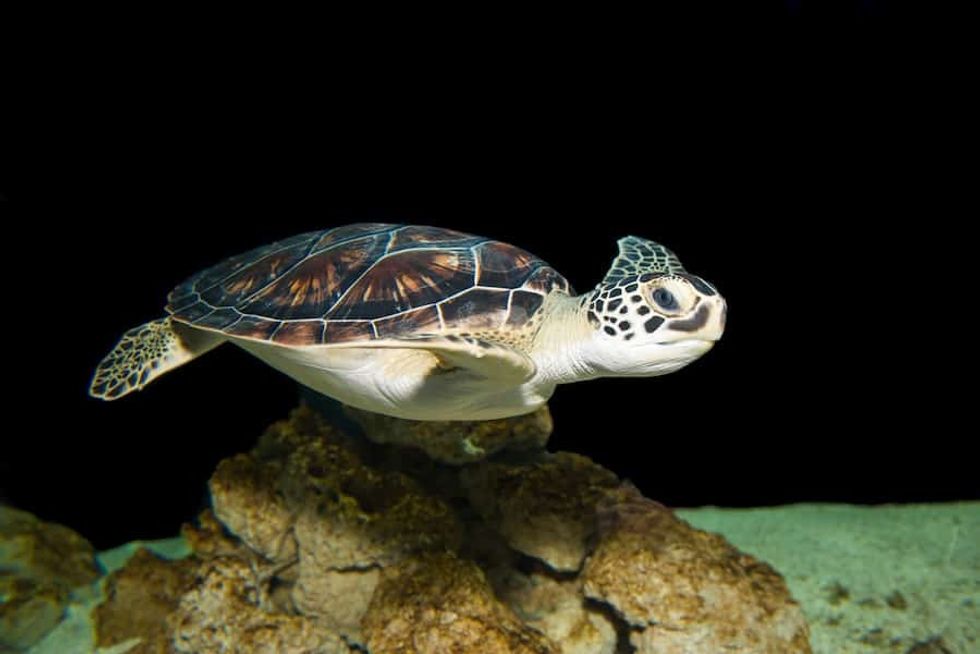
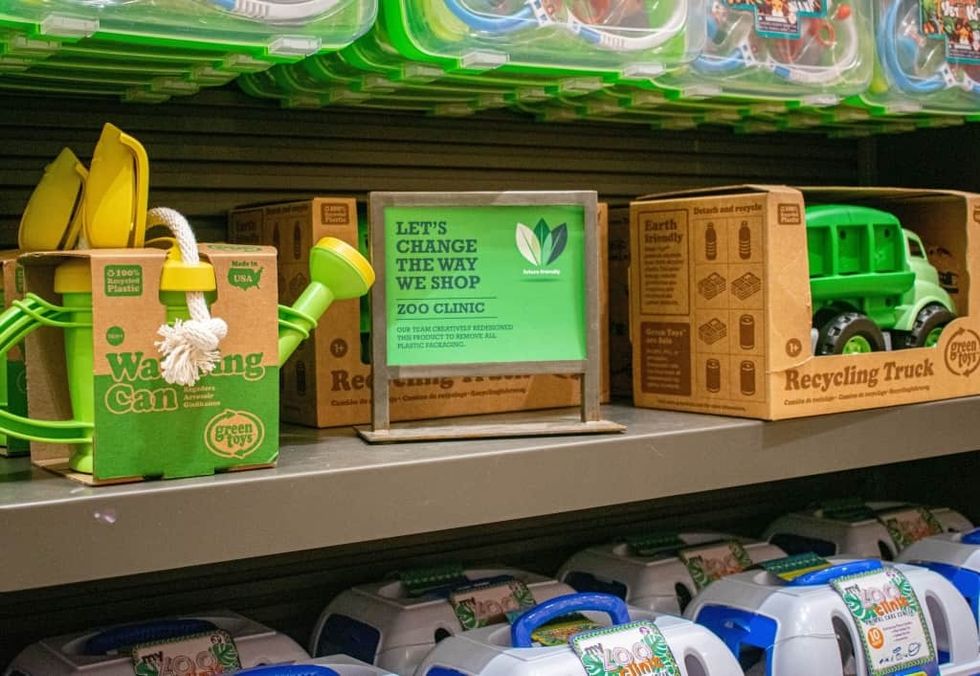
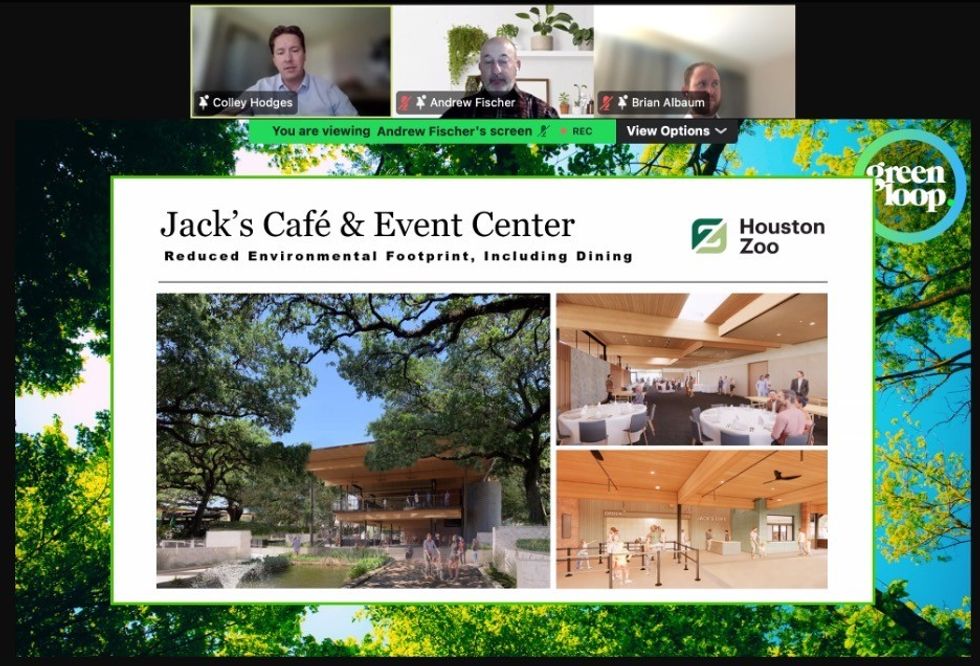
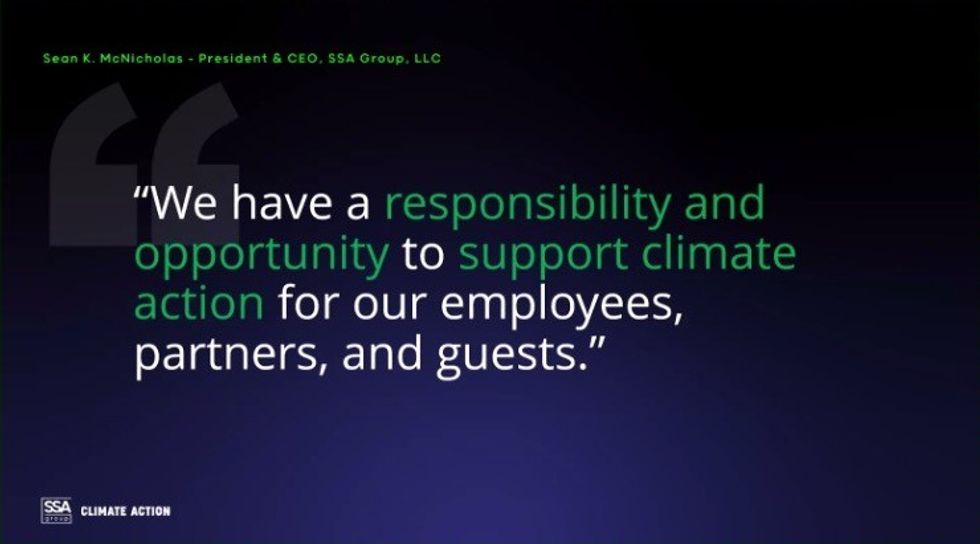
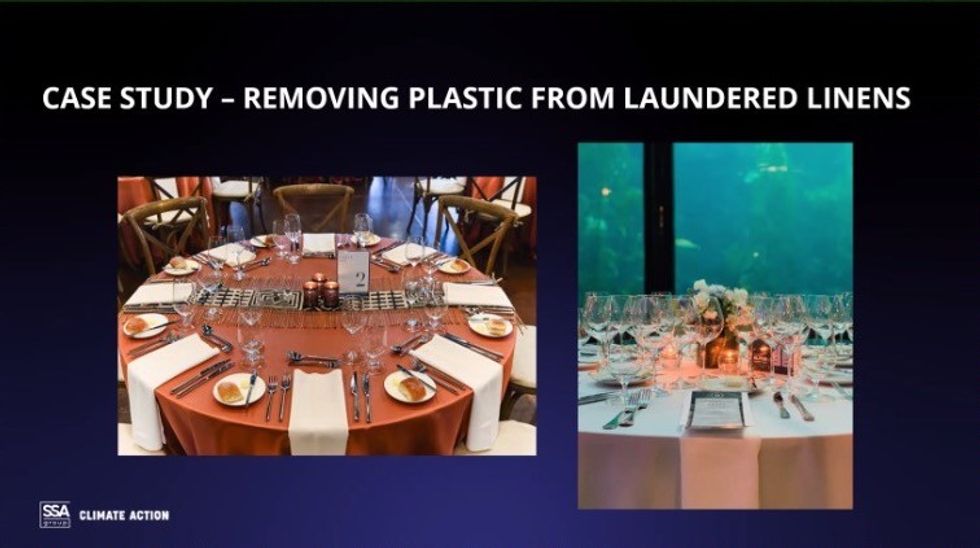
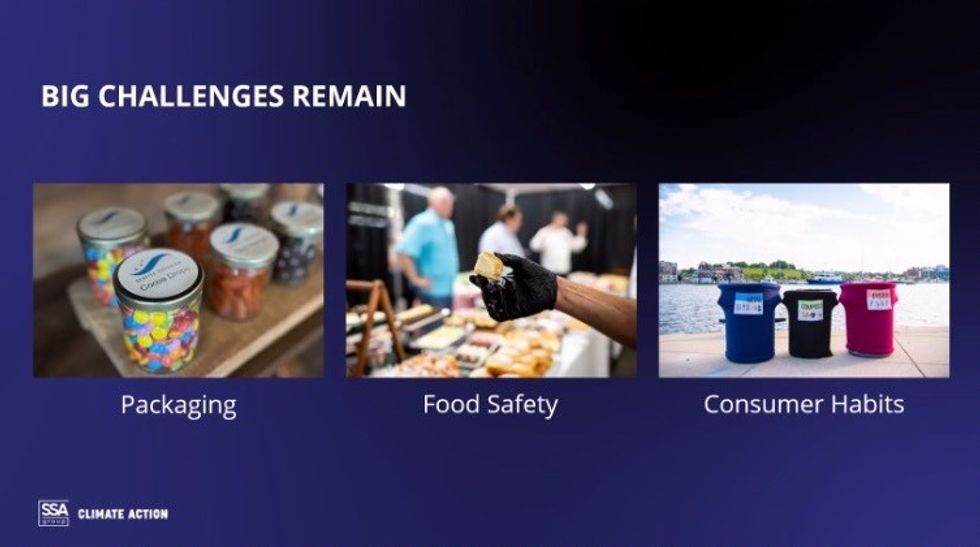

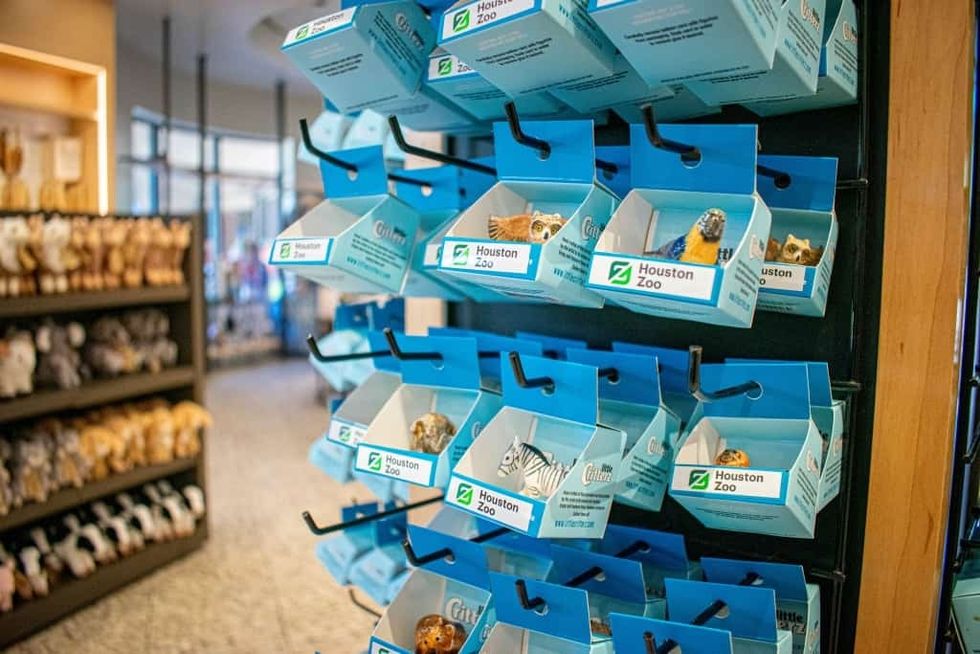
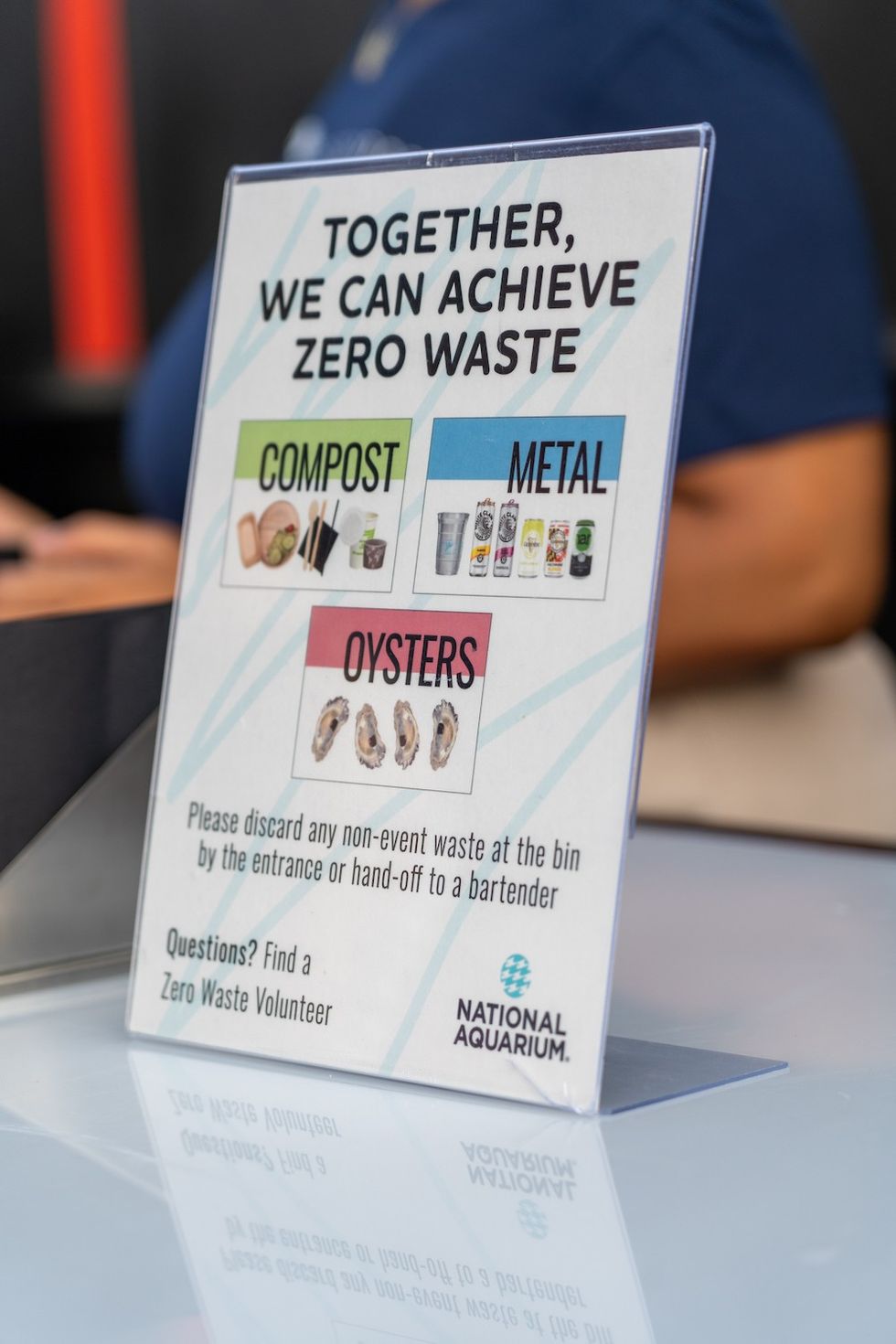
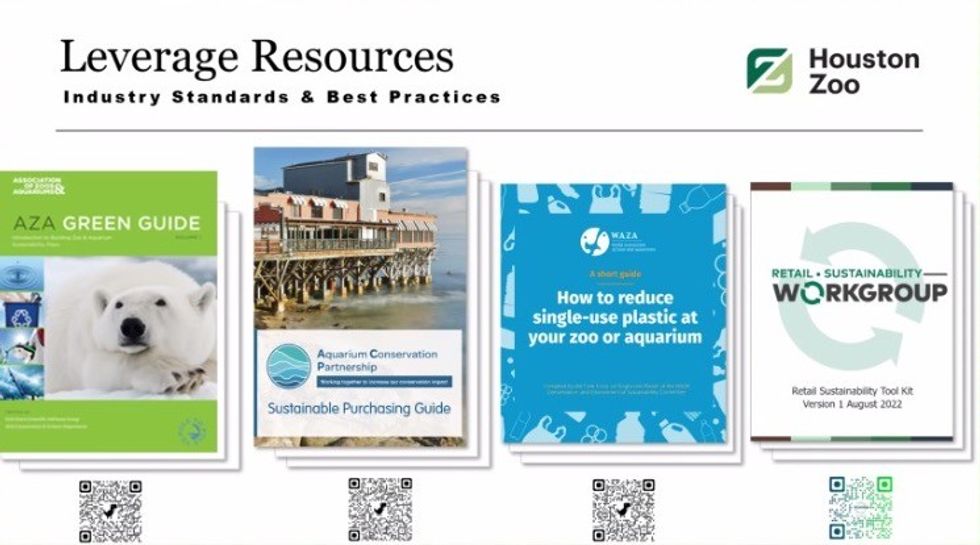

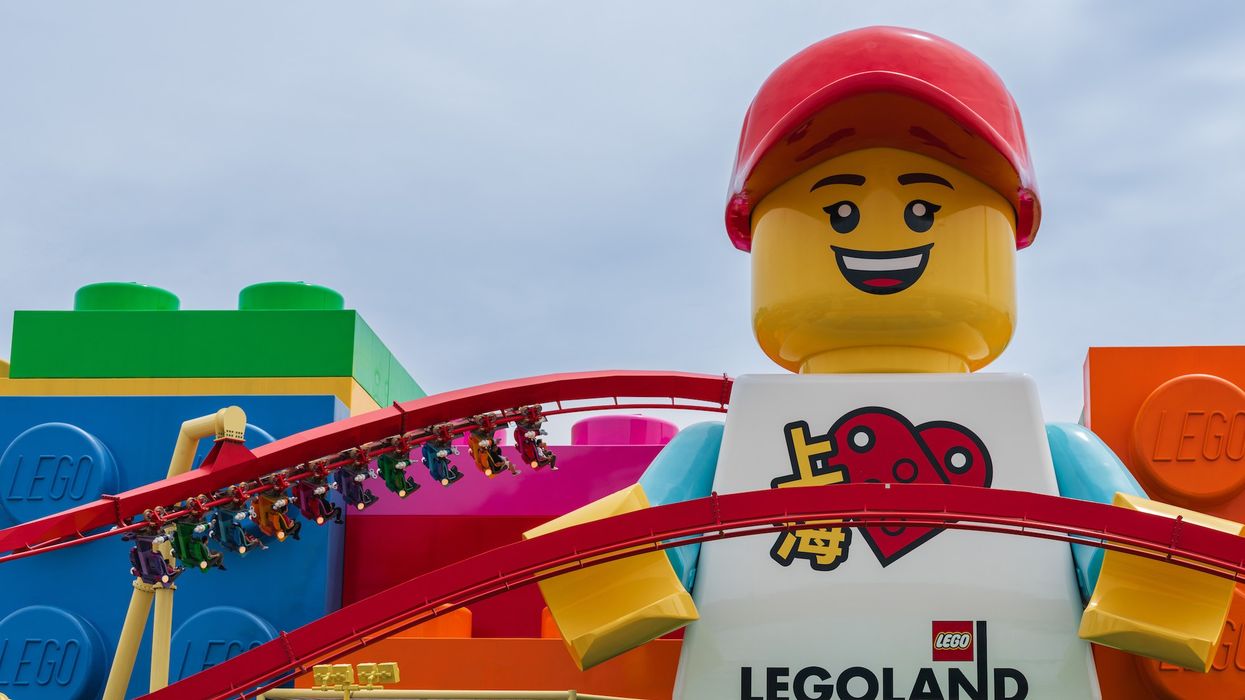
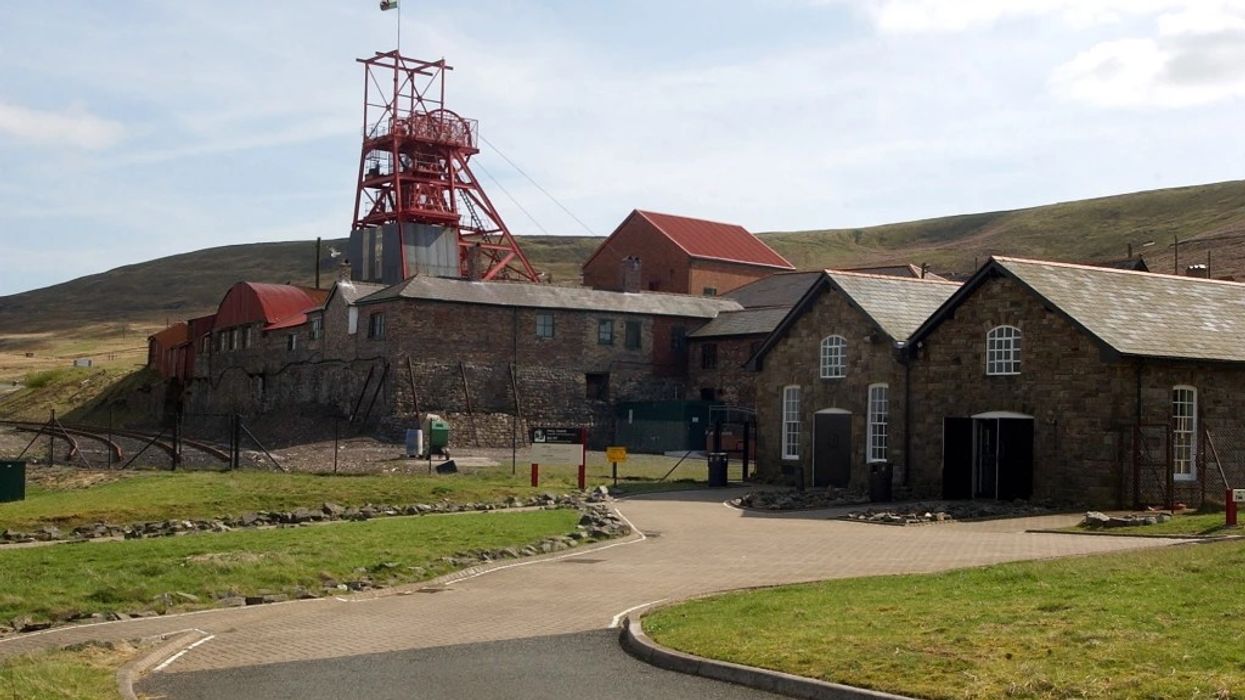
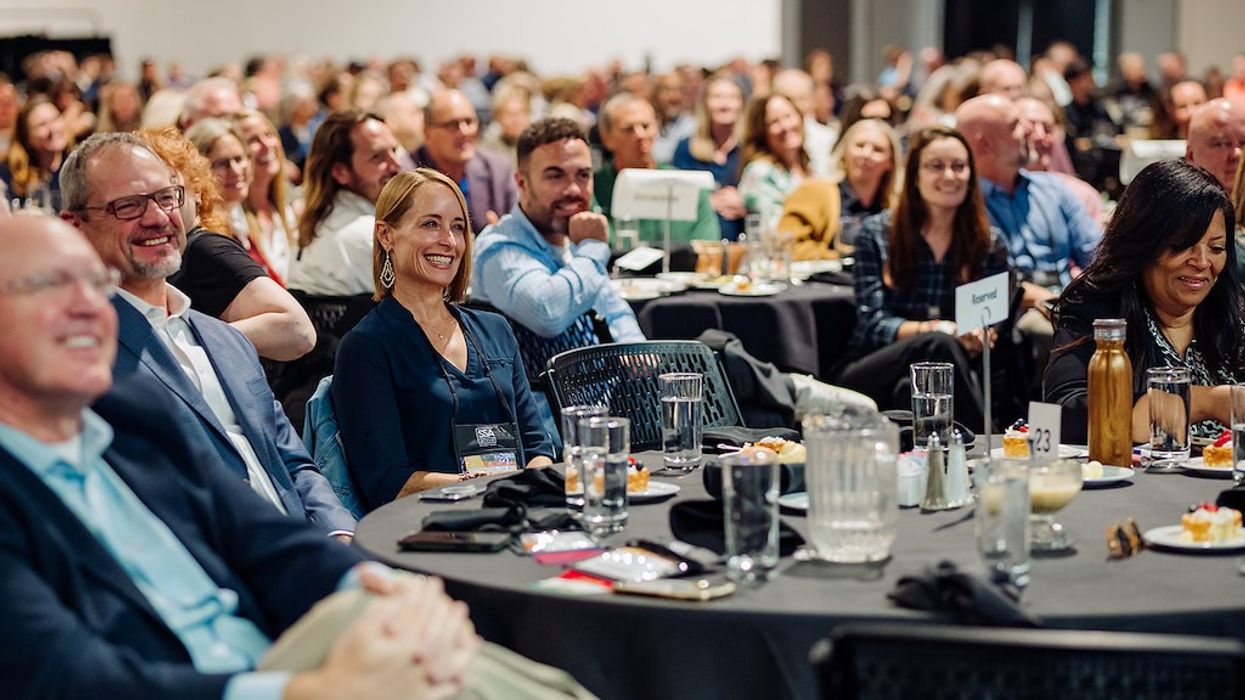

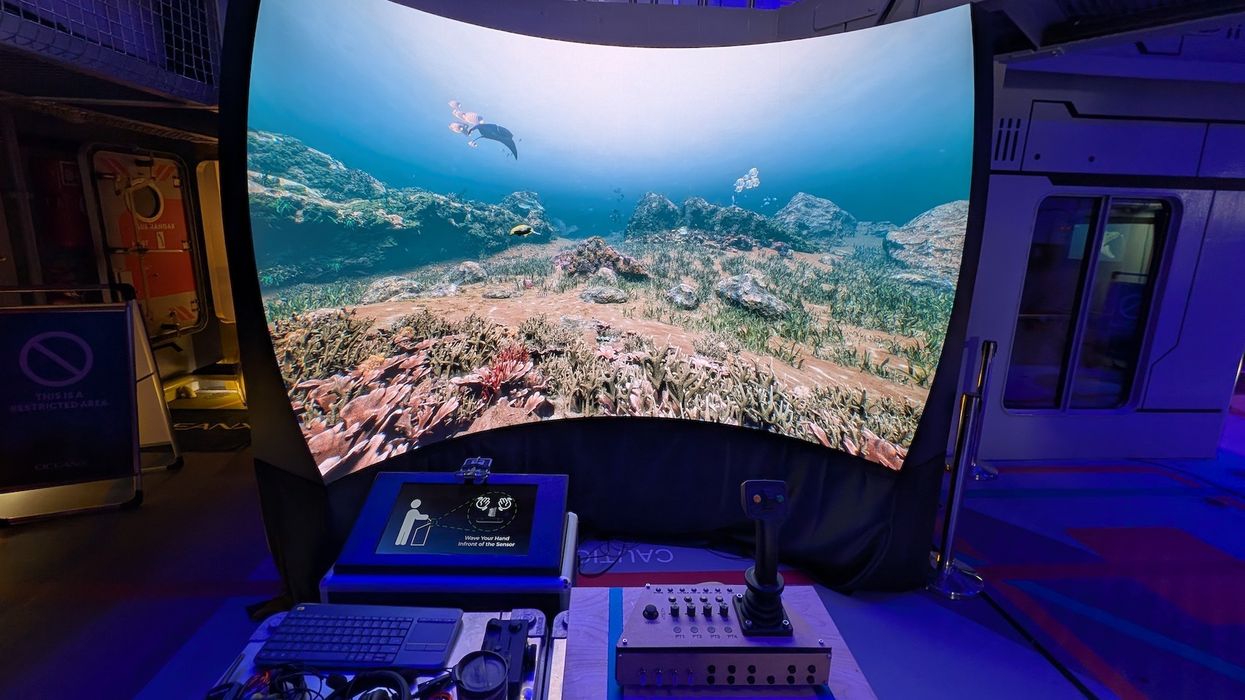
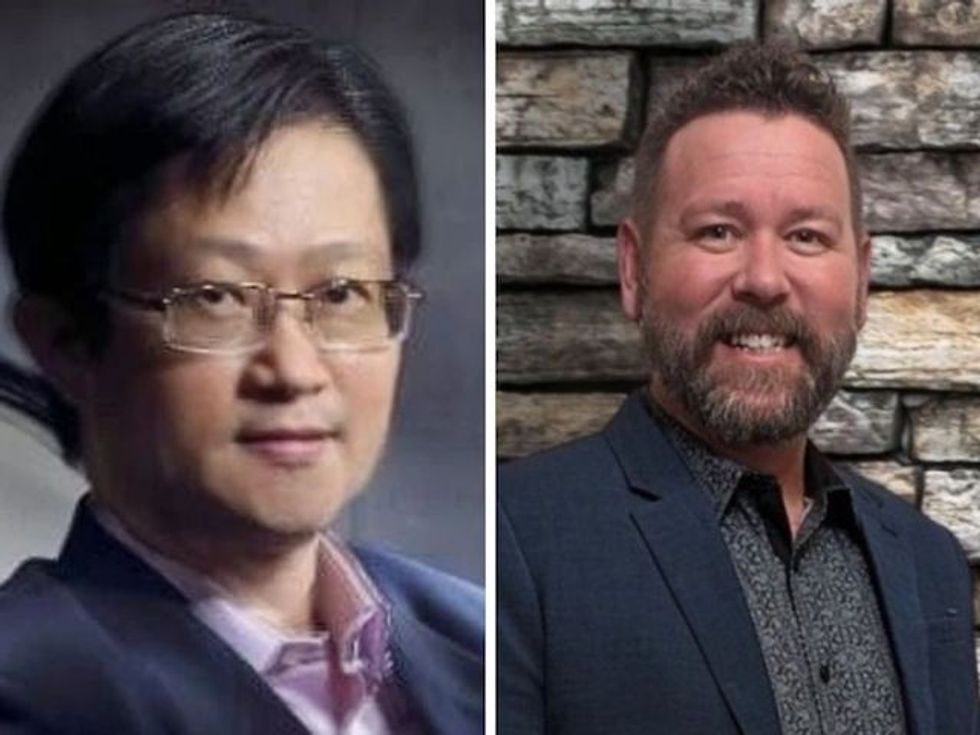 TM Lim and Adam Wales
TM Lim and Adam Wales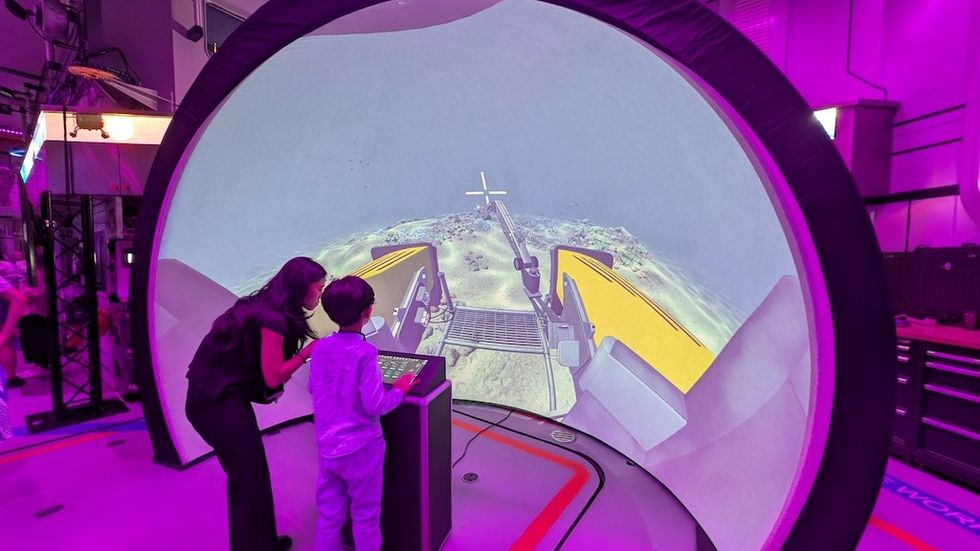
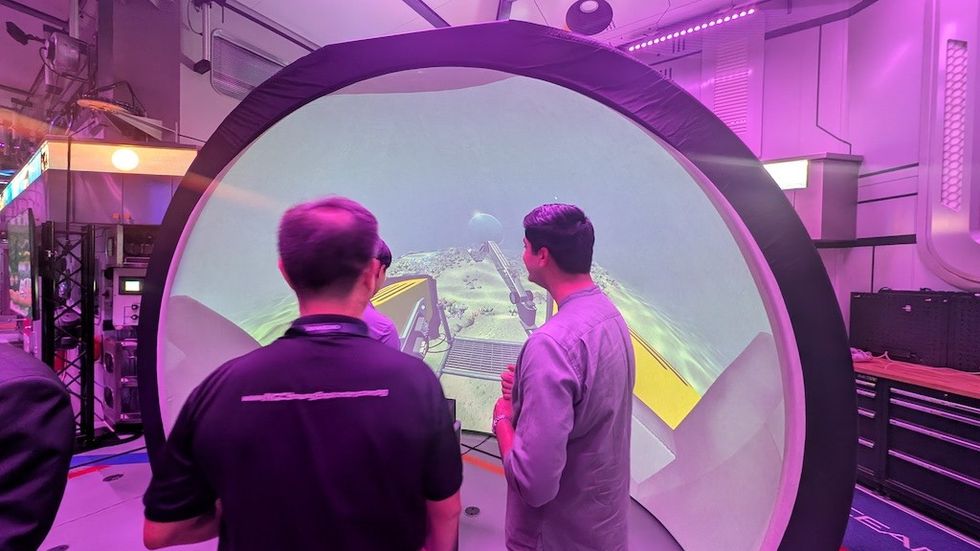
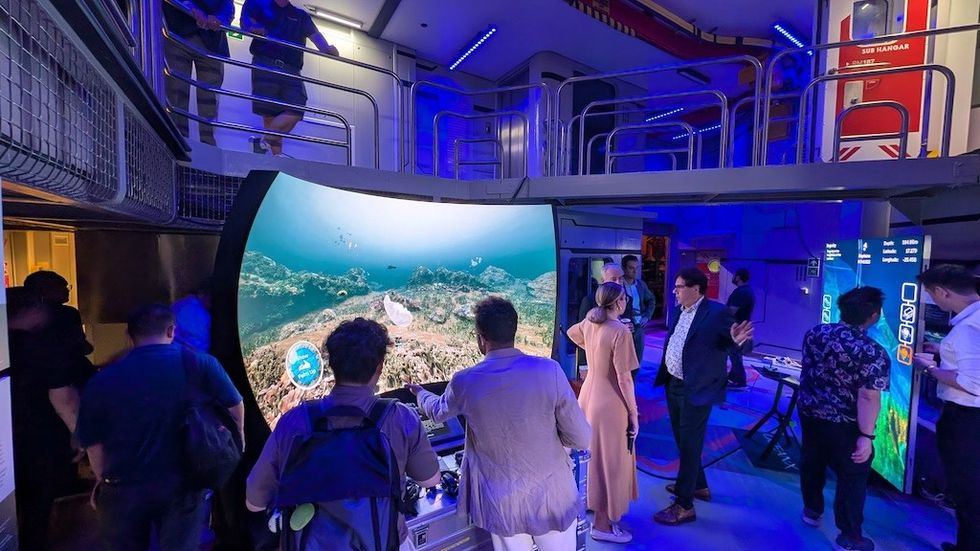

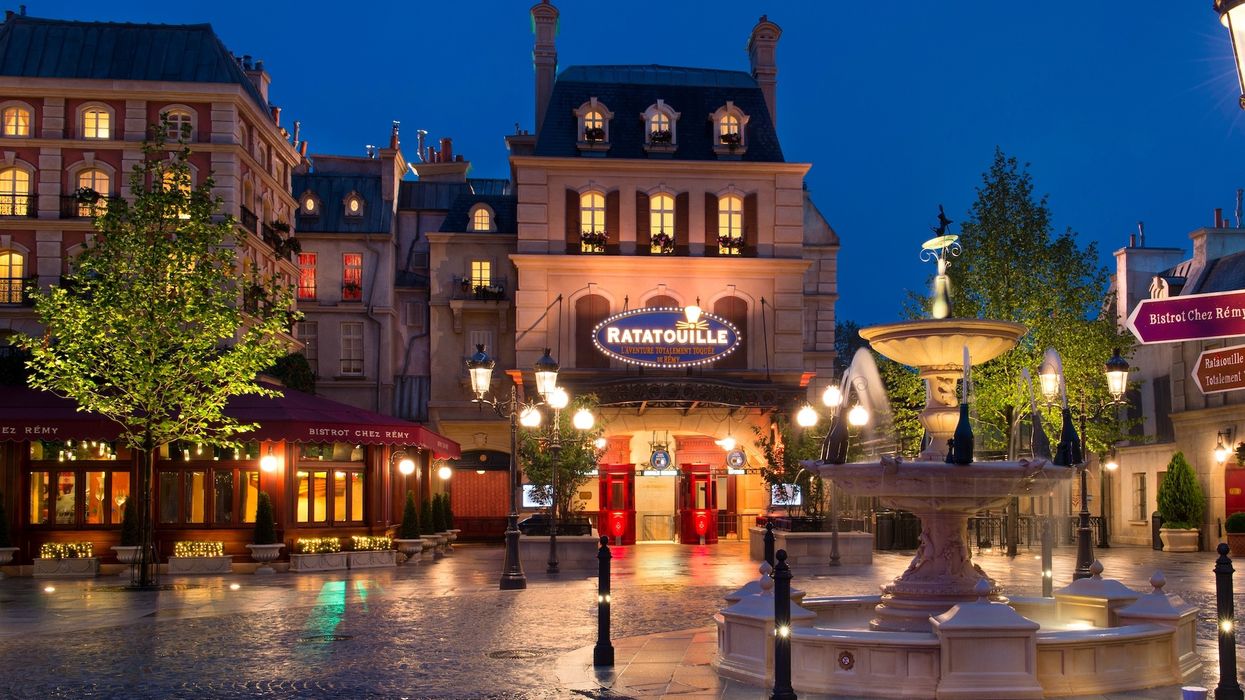

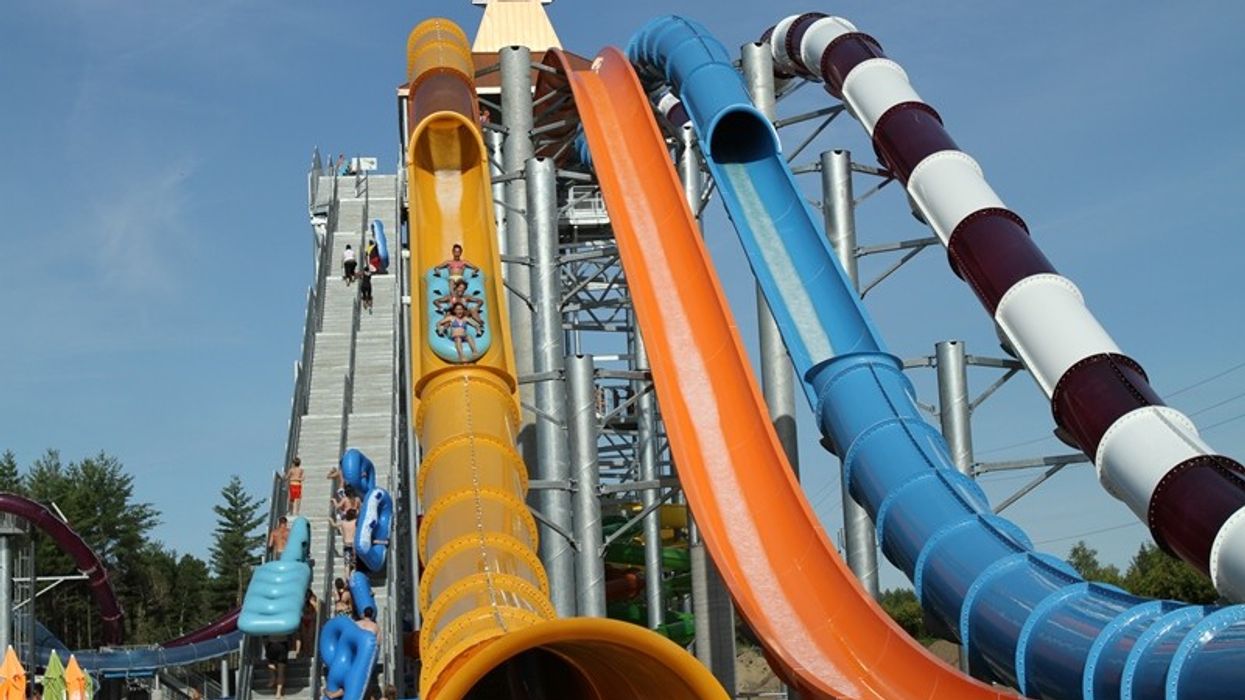
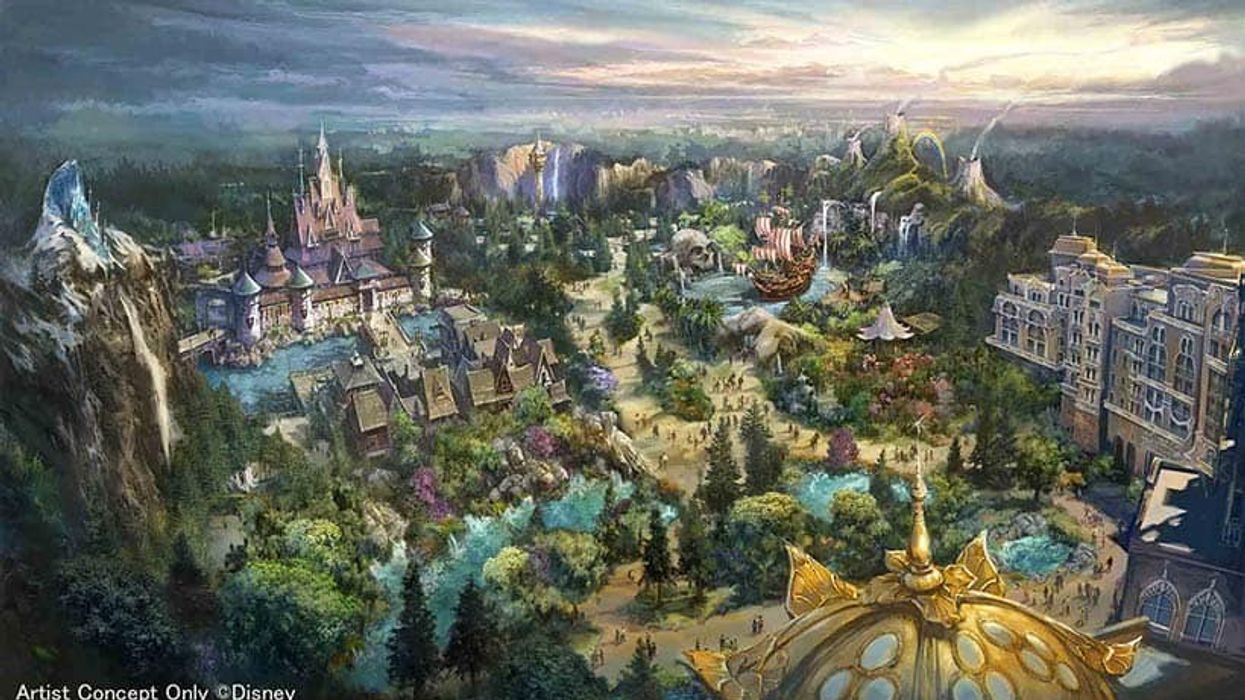
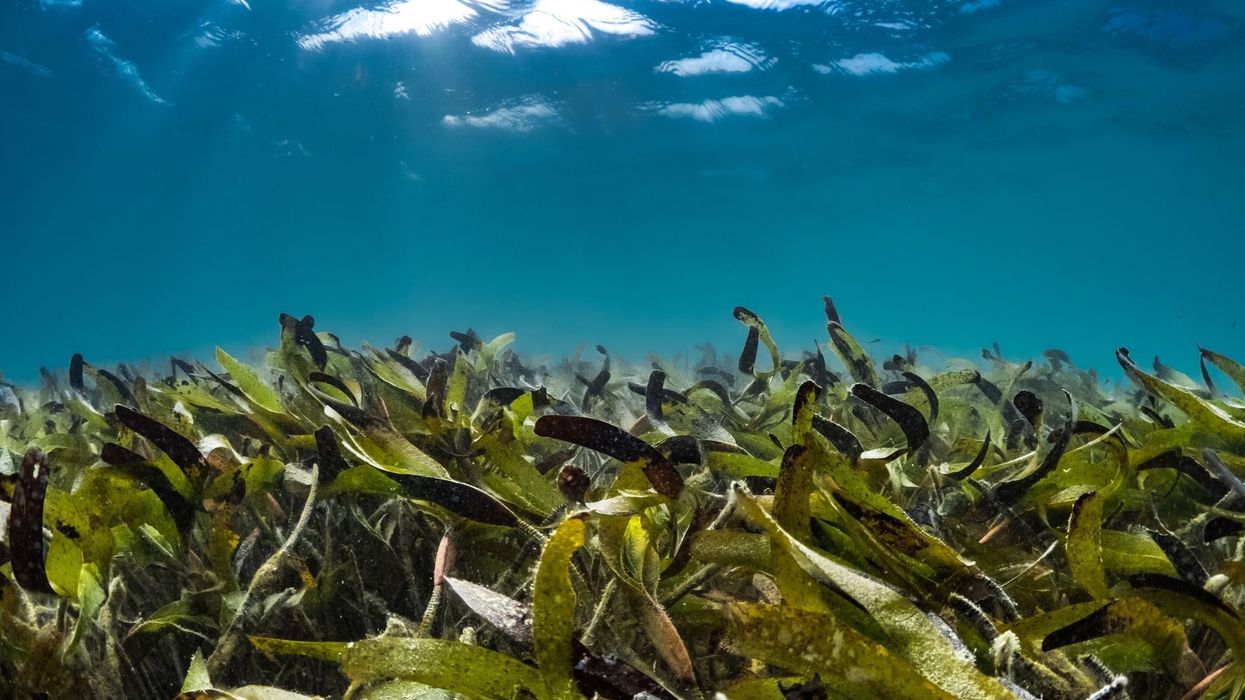
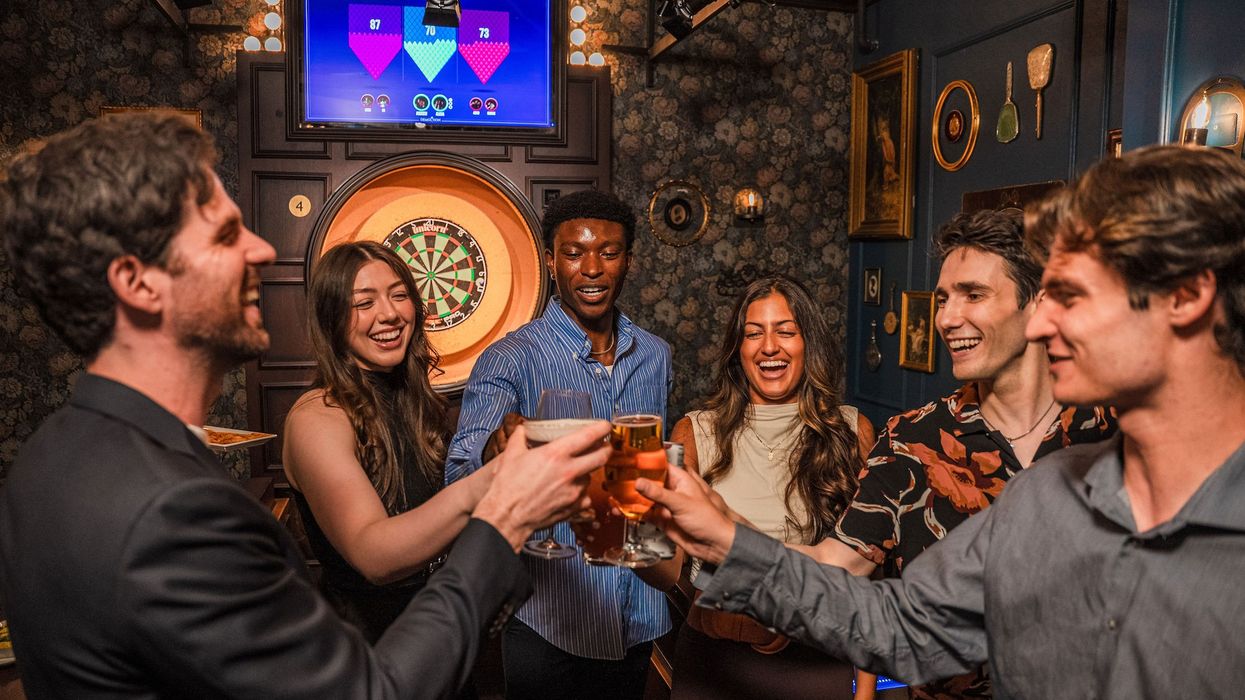
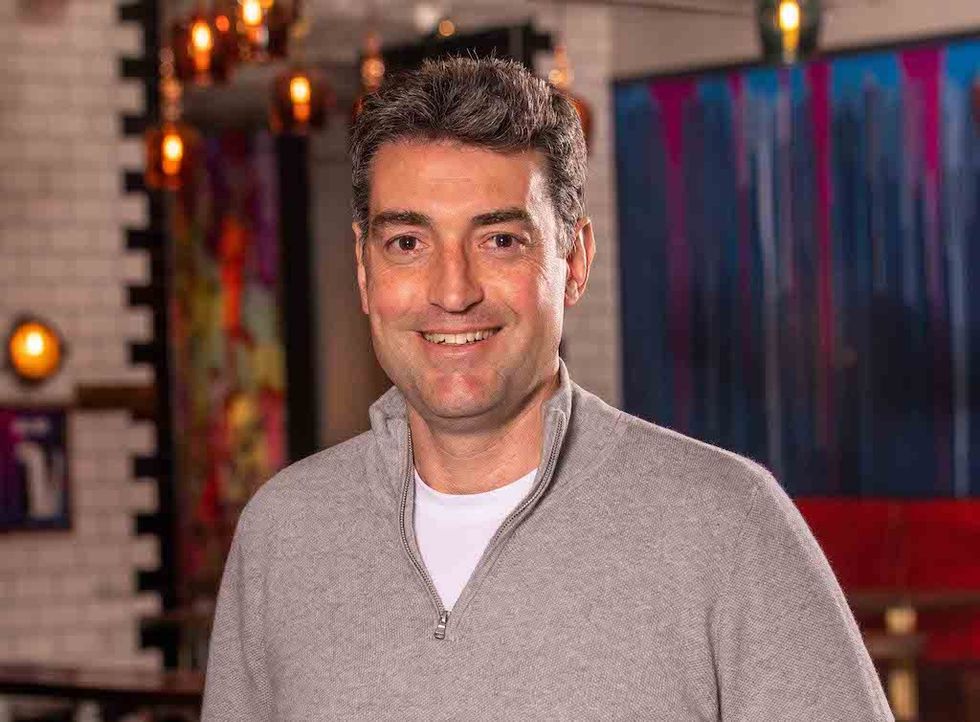 Toby Harris
Toby Harris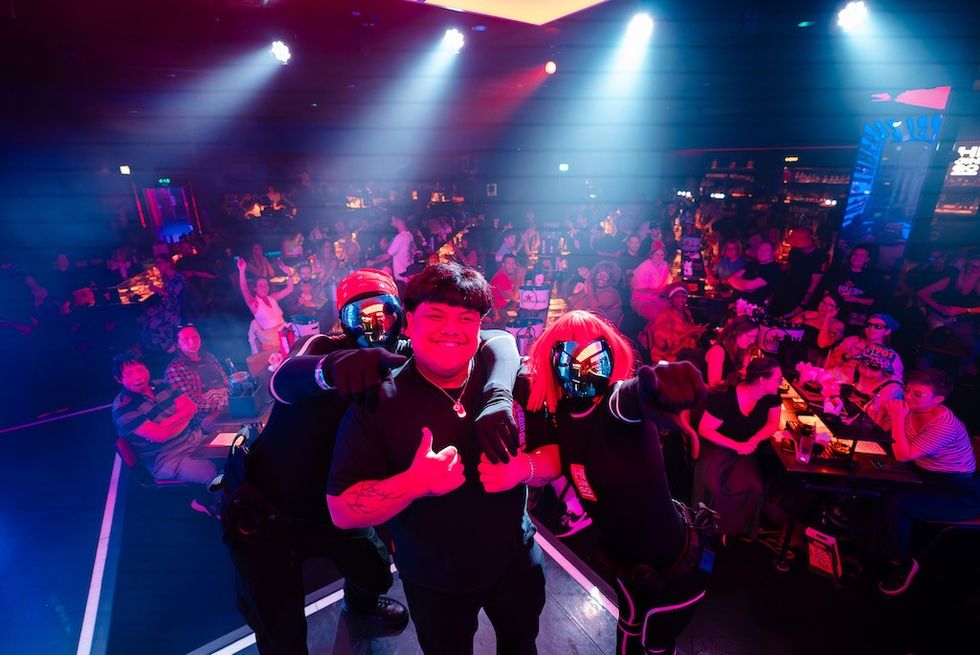 Hijingo
Hijingo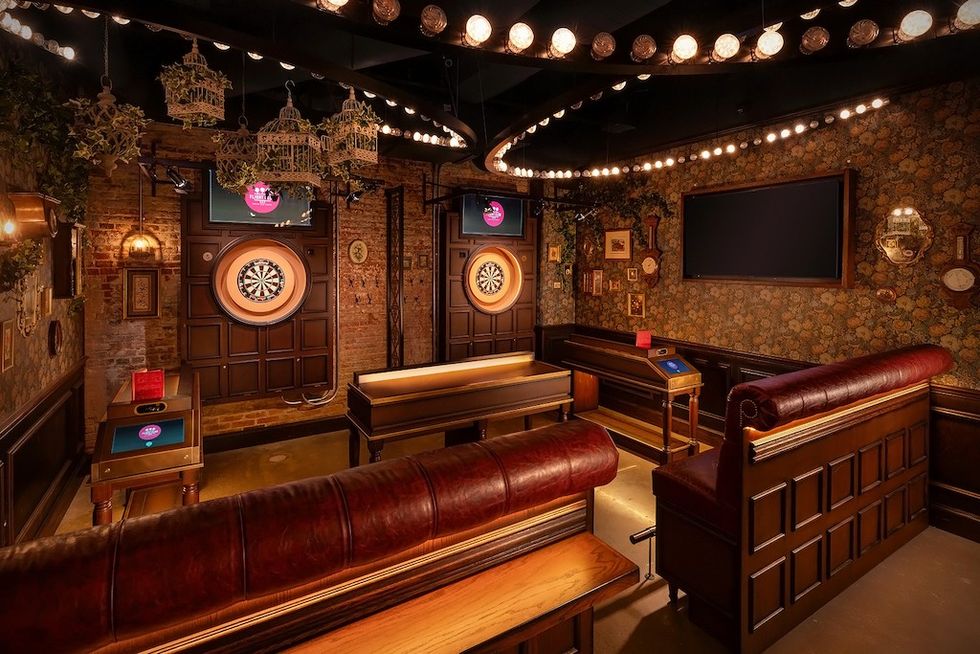 Flight Club, Washington D.C.
Flight Club, Washington D.C.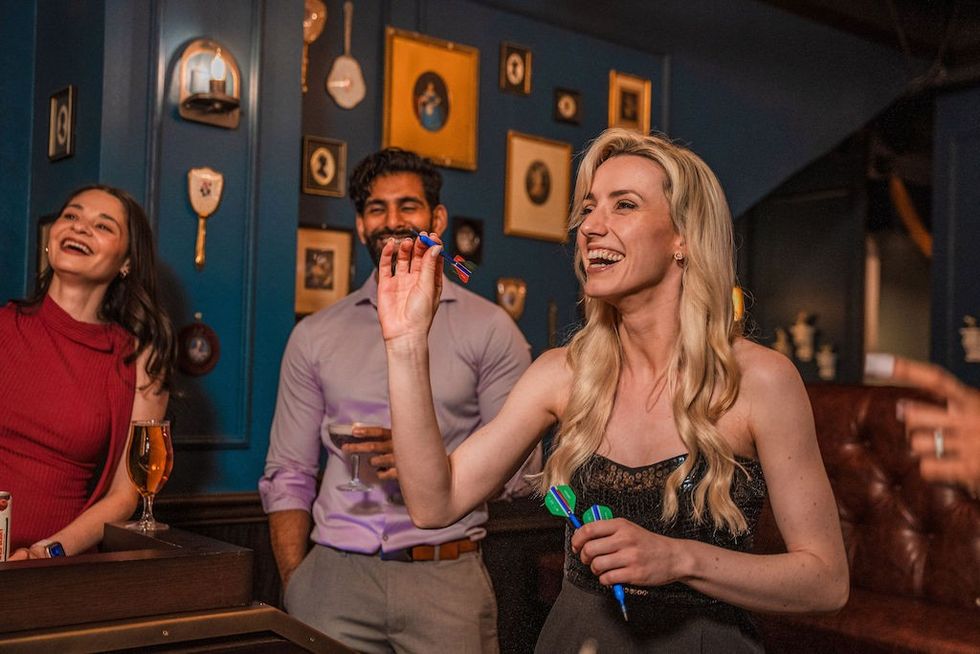
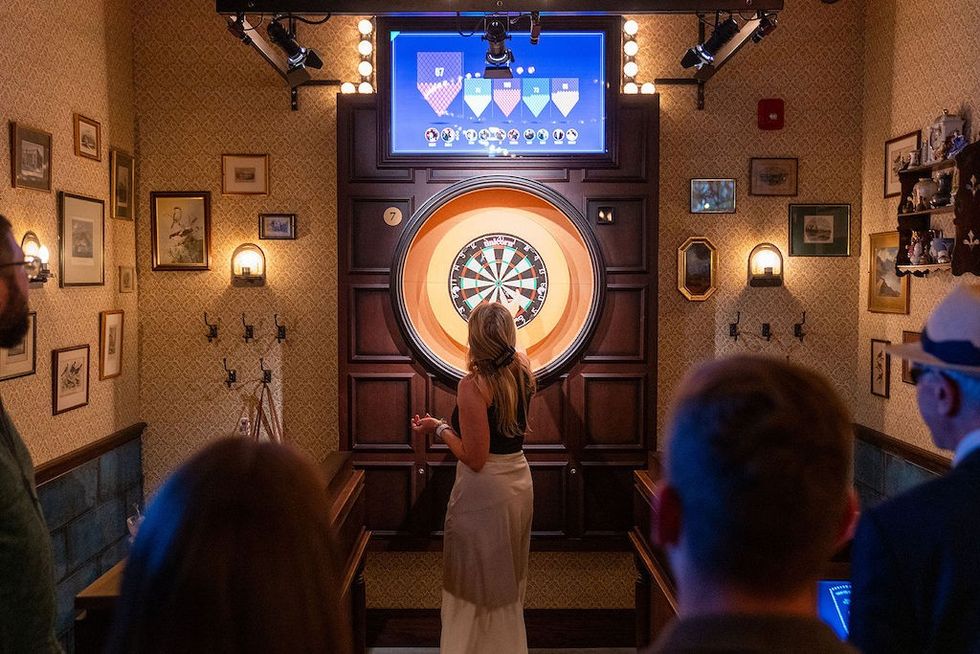 Flight Club Philadelphia
Flight Club Philadelphia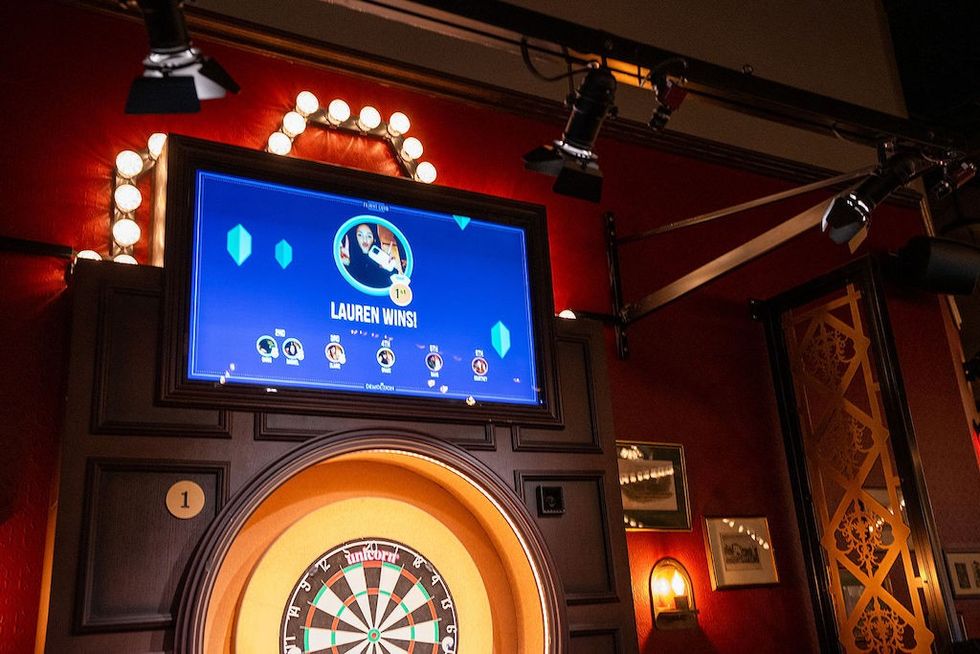 Flight Club Philadelphia
Flight Club Philadelphia Bounce
Bounce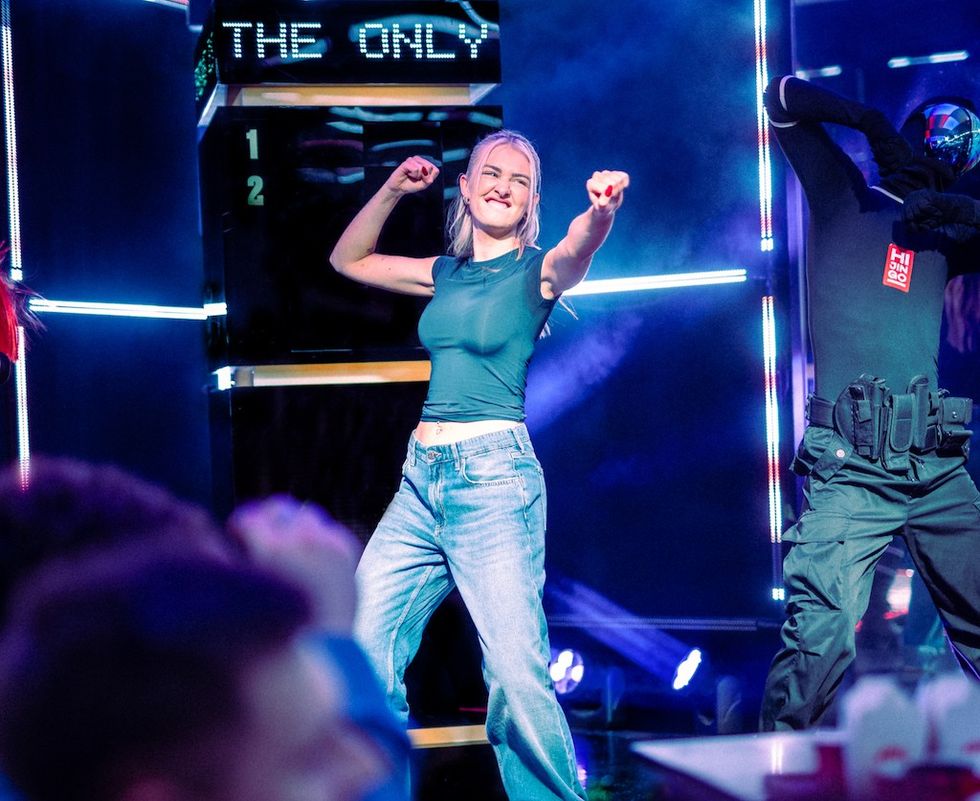 Hijingo
Hijingo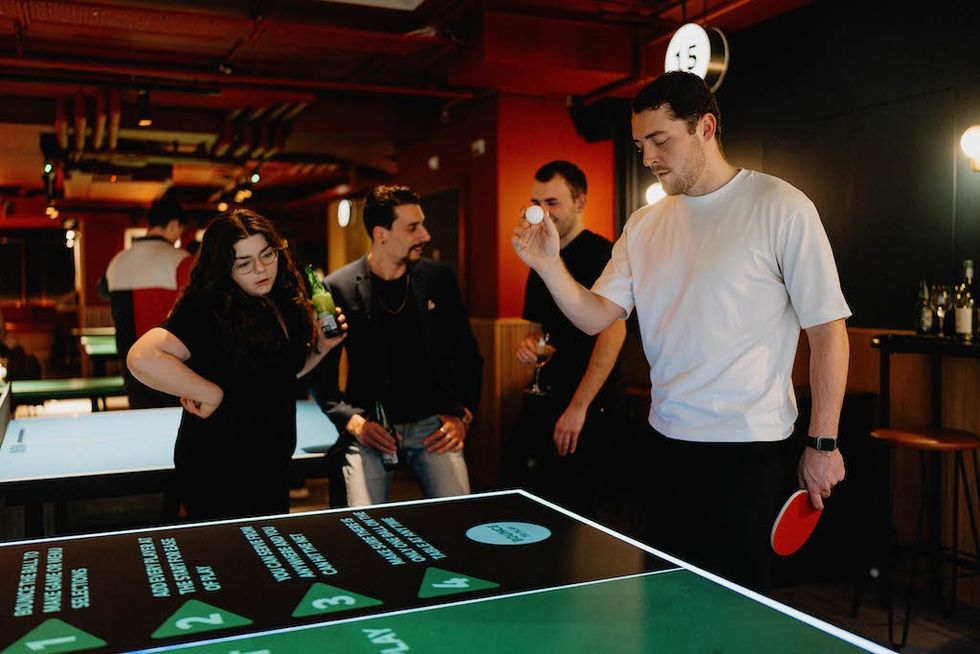 Bounce
Bounce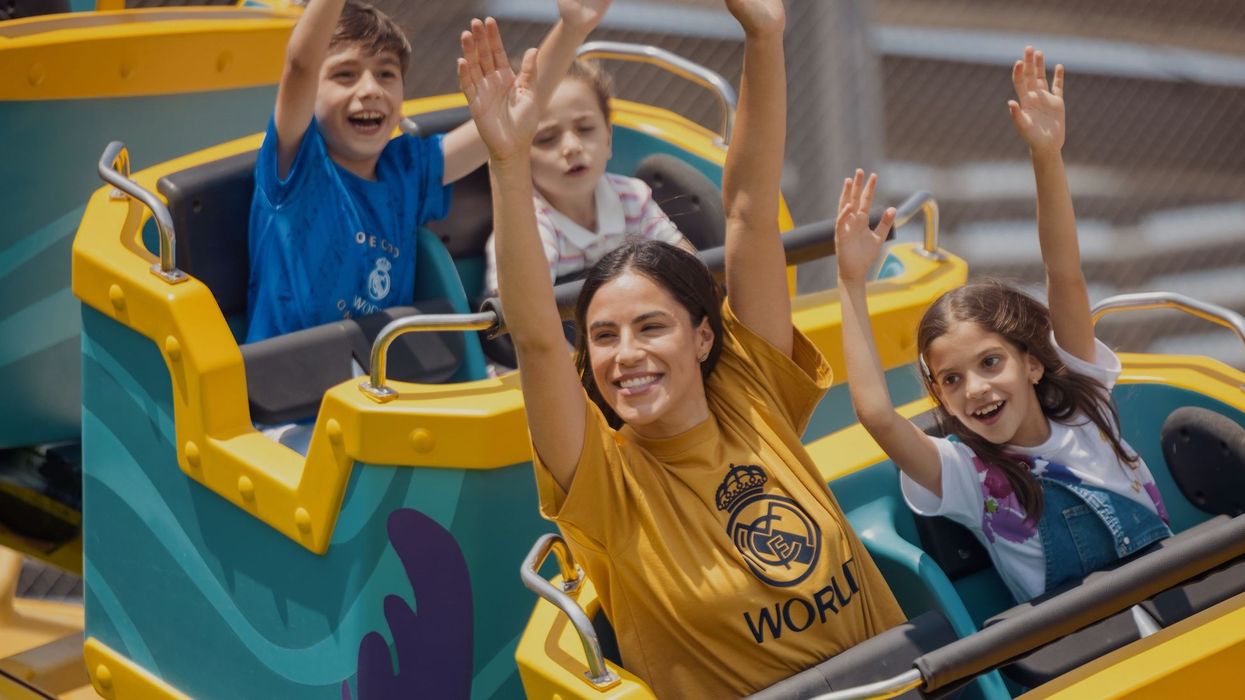
 Fernando Eiroa
Fernando Eiroa
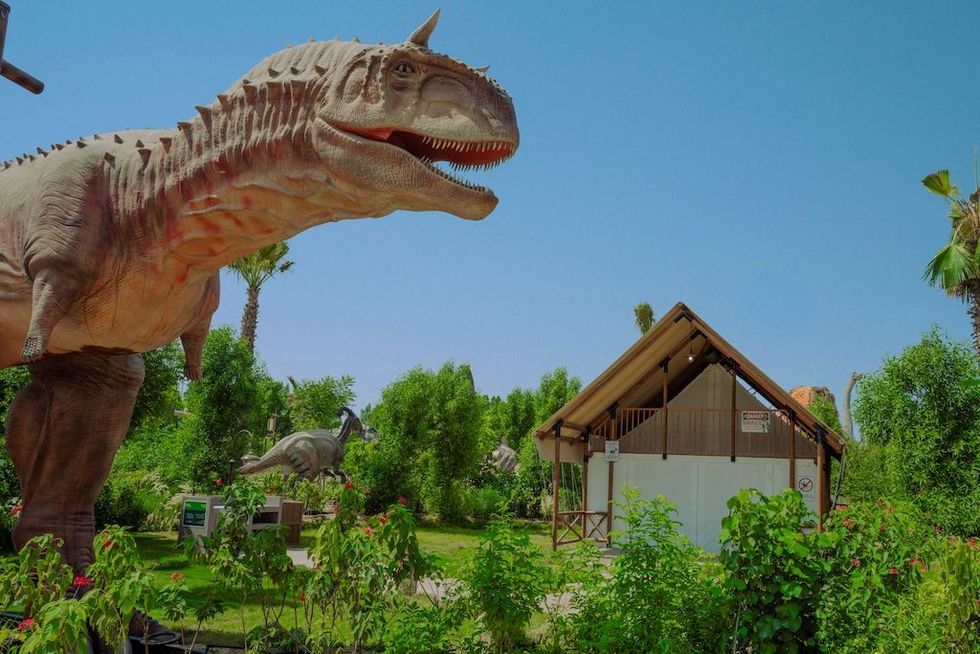

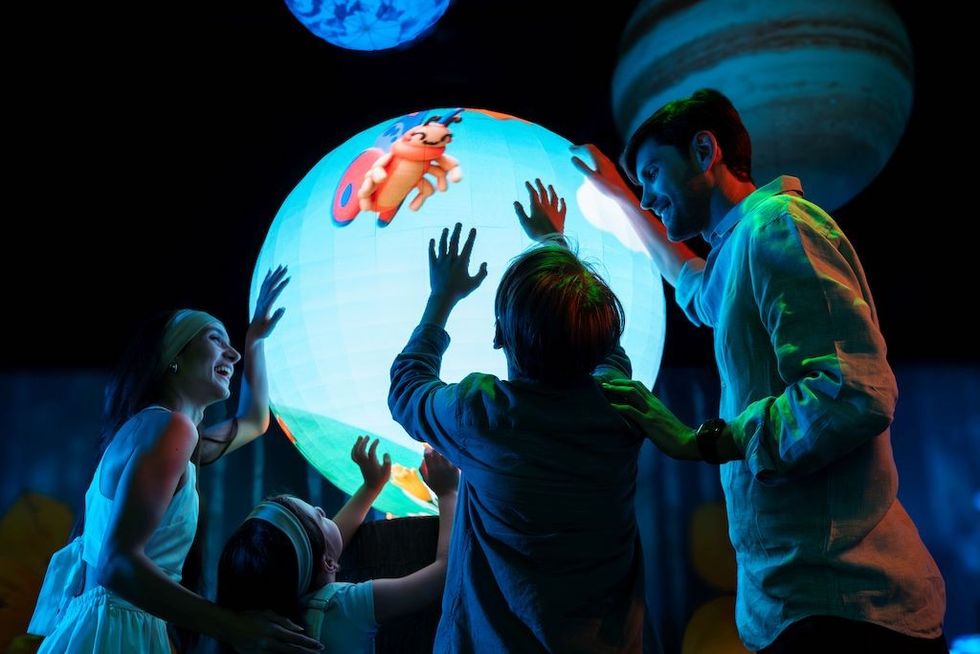



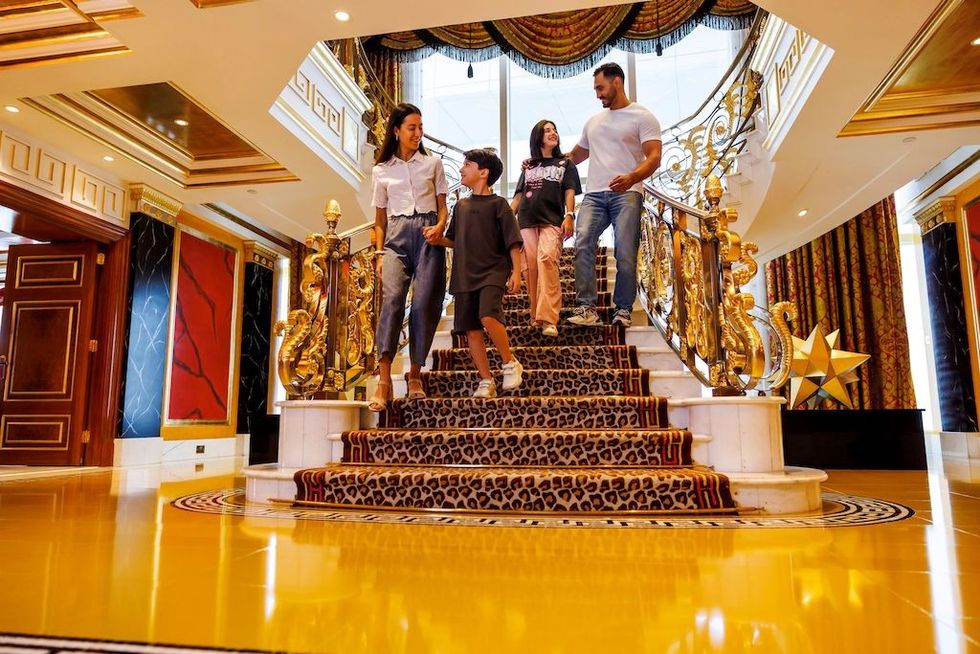

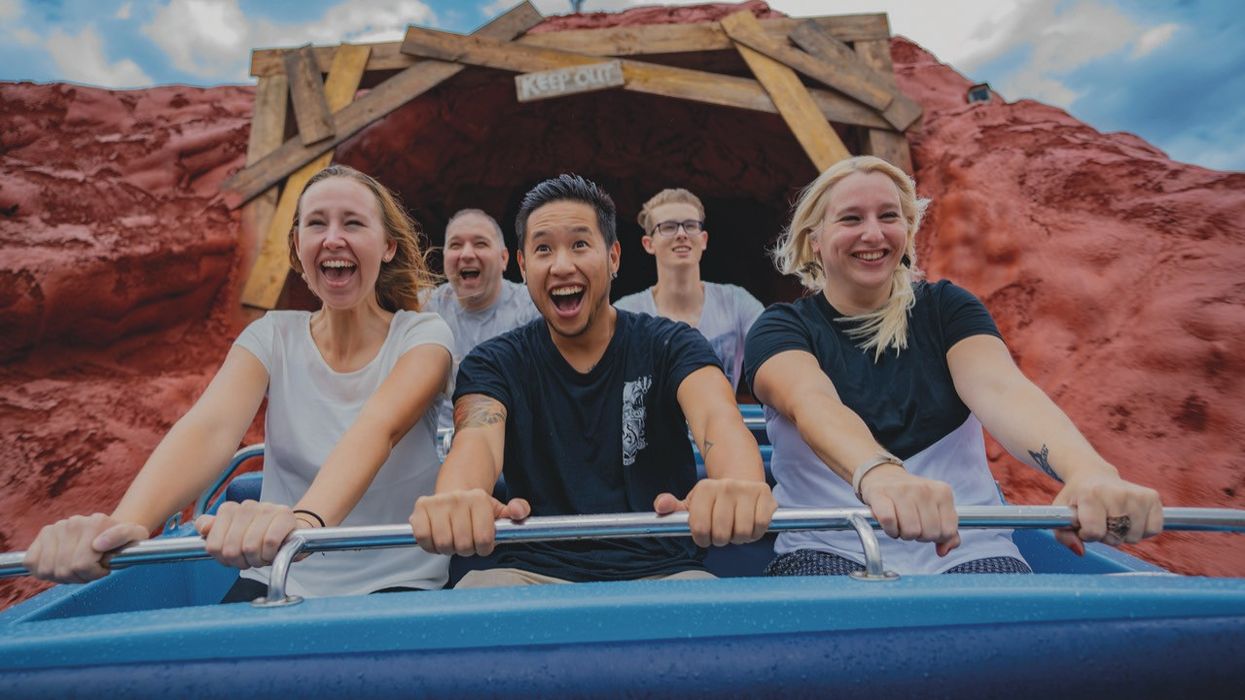


 Nickelodeon Land at Parque de Atracciones de Madrid
Nickelodeon Land at Parque de Atracciones de Madrid Raging Waters
Raging Waters  Mirabilandia's iSpeed coaster
Mirabilandia's iSpeed coaster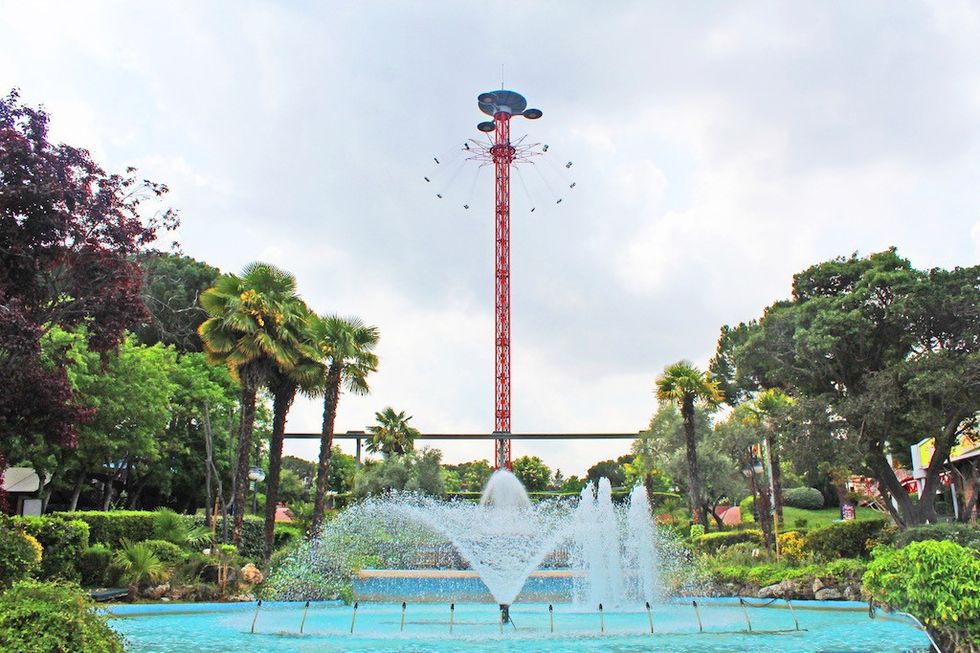 Parque de Atracciones de Madrid
Parque de Atracciones de Madrid Ferracci at the ribbon-cutting ceremony for Nickelodeon Land at Mirabilandia, with (left) Marie Marks, senior VP of global experiences for Paramount and (cutting the ribbon) Sabrina Mangina, GM at Mirabilandia
Ferracci at the ribbon-cutting ceremony for Nickelodeon Land at Mirabilandia, with (left) Marie Marks, senior VP of global experiences for Paramount and (cutting the ribbon) Sabrina Mangina, GM at Mirabilandia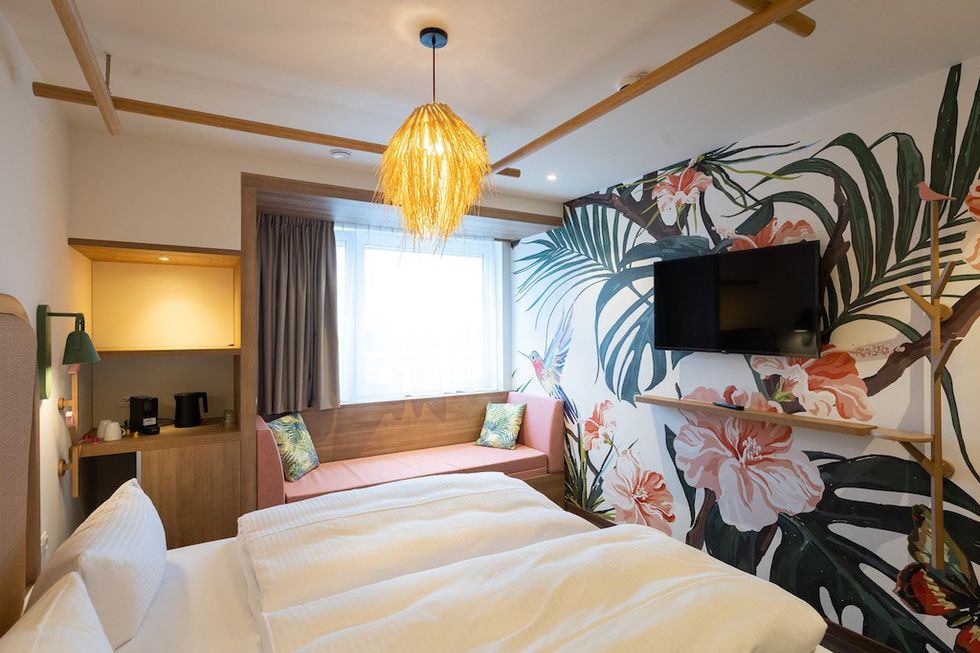 Tropical Islands OHANA hotel
Tropical Islands OHANA hotel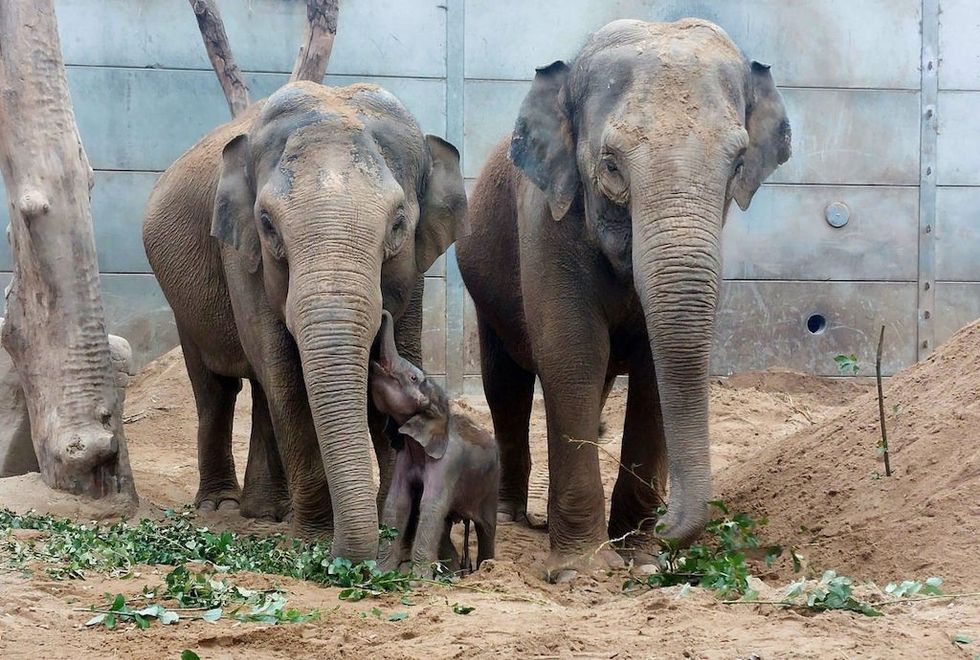 Elephants at Blackpool Zoo
Elephants at Blackpool Zoo  Tusenfryd
Tusenfryd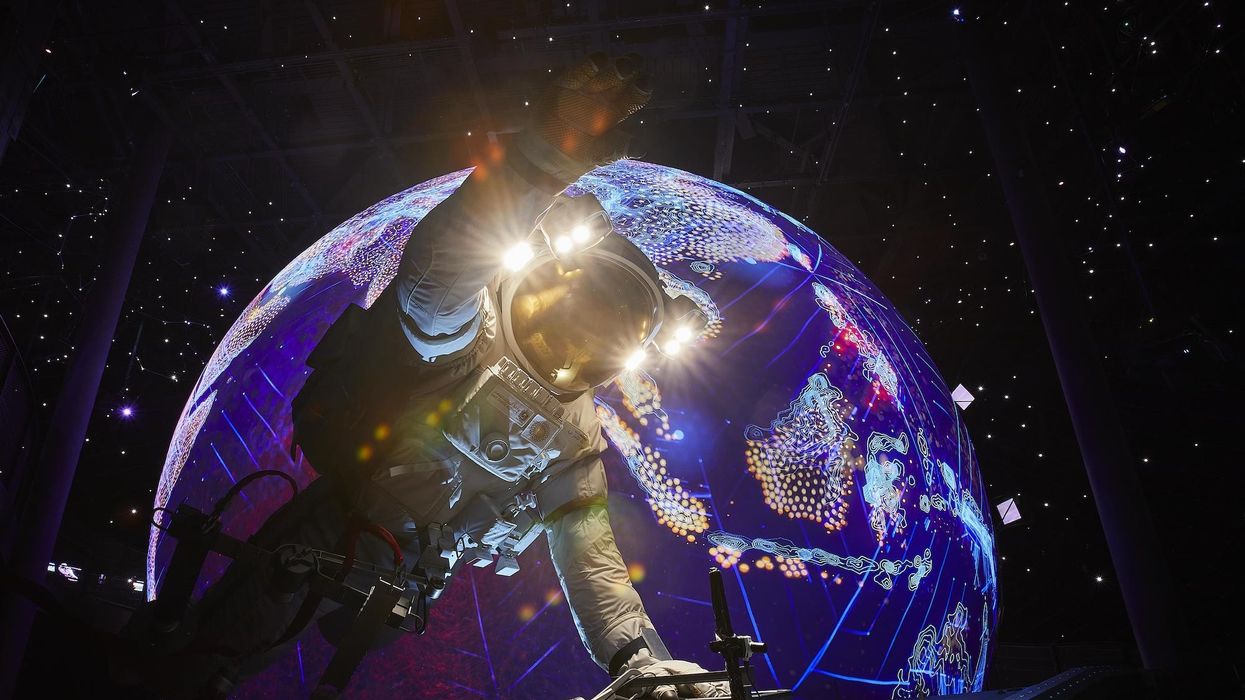
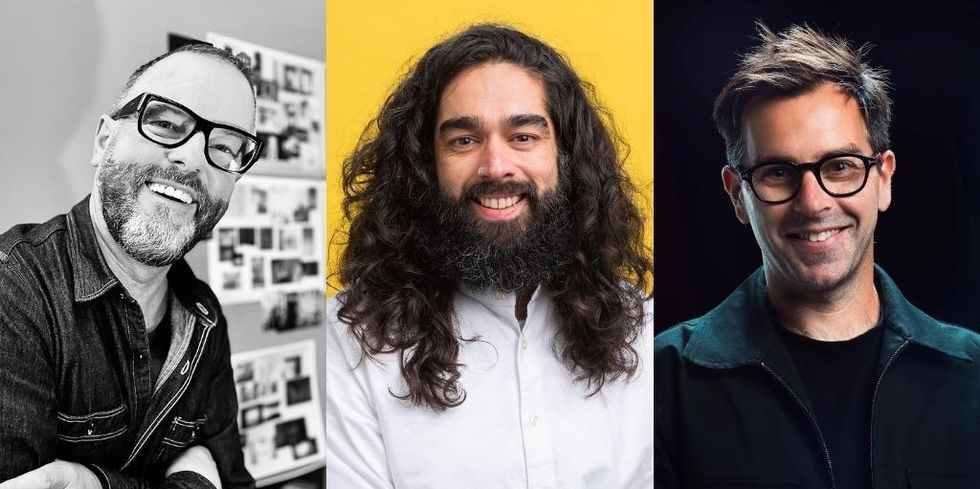 Andrew Thomas, Jason Aldous and Rik Athorne
Andrew Thomas, Jason Aldous and Rik Athorne

